Vienna
Art week
Locations
Vienna Art Week Locations
Vienna art city map: Vienna’s art scene at a glance
Compose your own map of Vienna’s superabundant art offerings.
Special Projects
Institutions
Vienna is one of a kind when it comes to art, as exemplified by its dense landscape of museums, exhibition spaces and art universities.
Independent Spaces
Independent art spaces, many of which are run by artists, reflect recent developments in the art scene and show Vienna to be a hub in the international art scene.
Galleries
Vienna’s galleries feature both established and new contemporary art. Seize the opportunity to gain inside knowledge in one-on-one conversations!
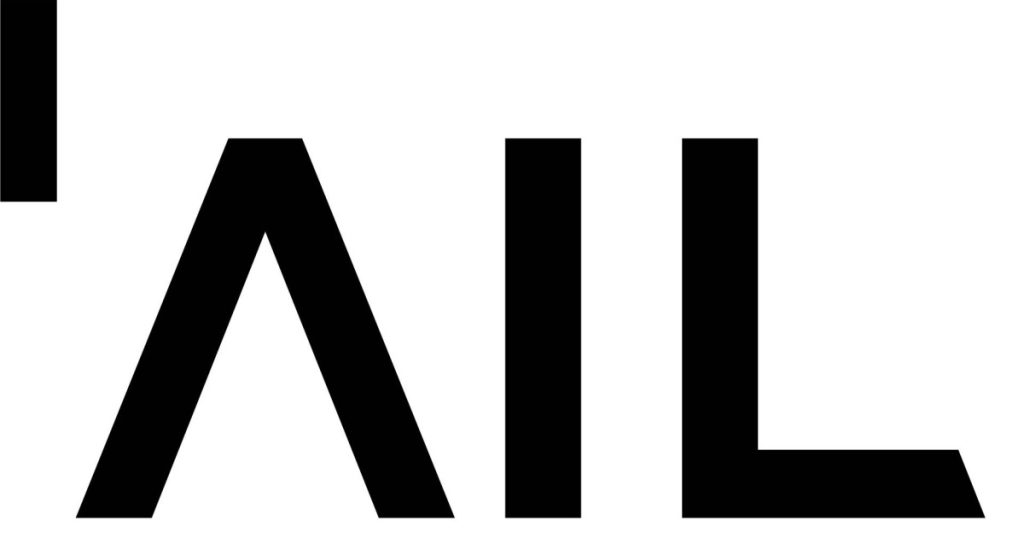 32
32
AIL – Angewandte Interdisciplinary Lab
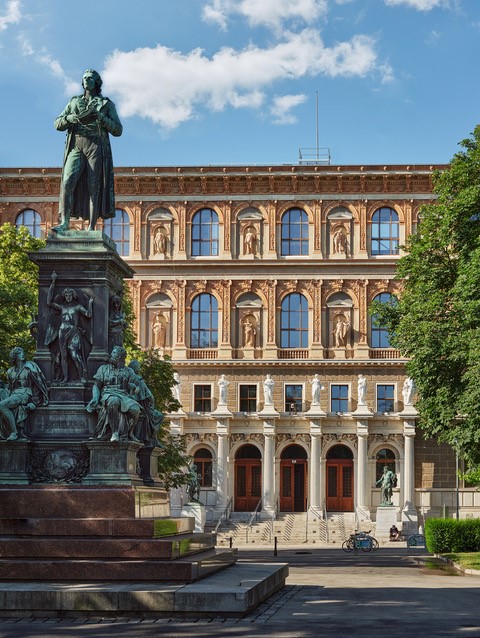 237
237
Akademie der bildenden Künste Wien
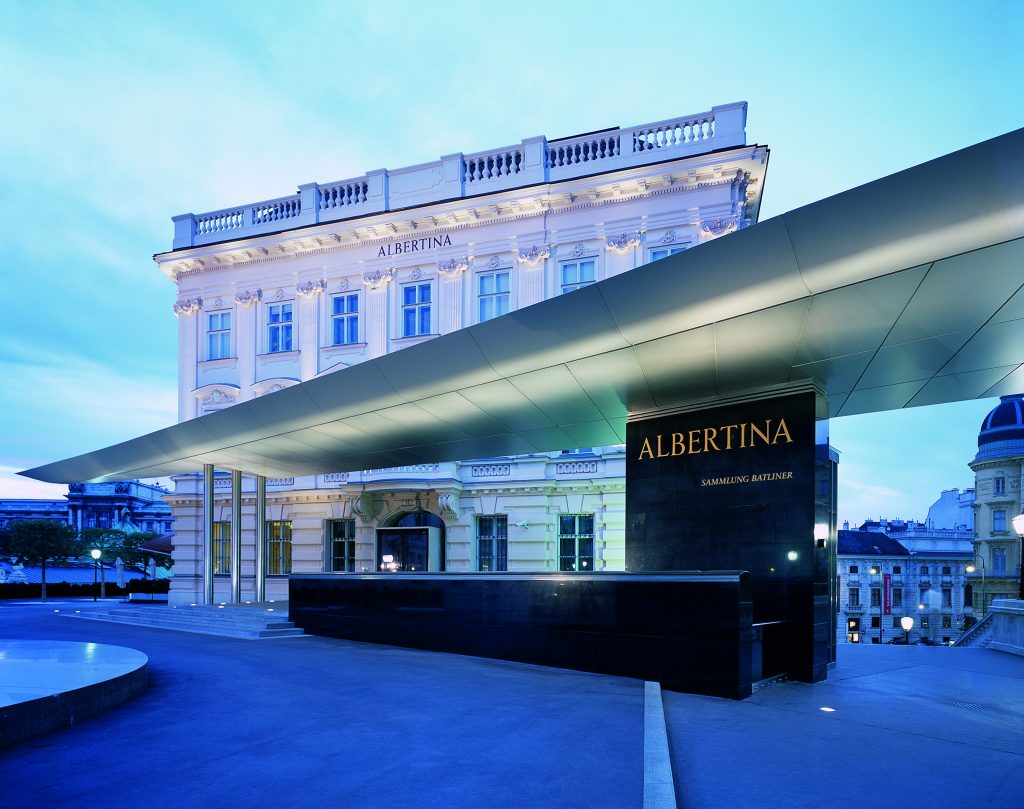 172
172
Albertina
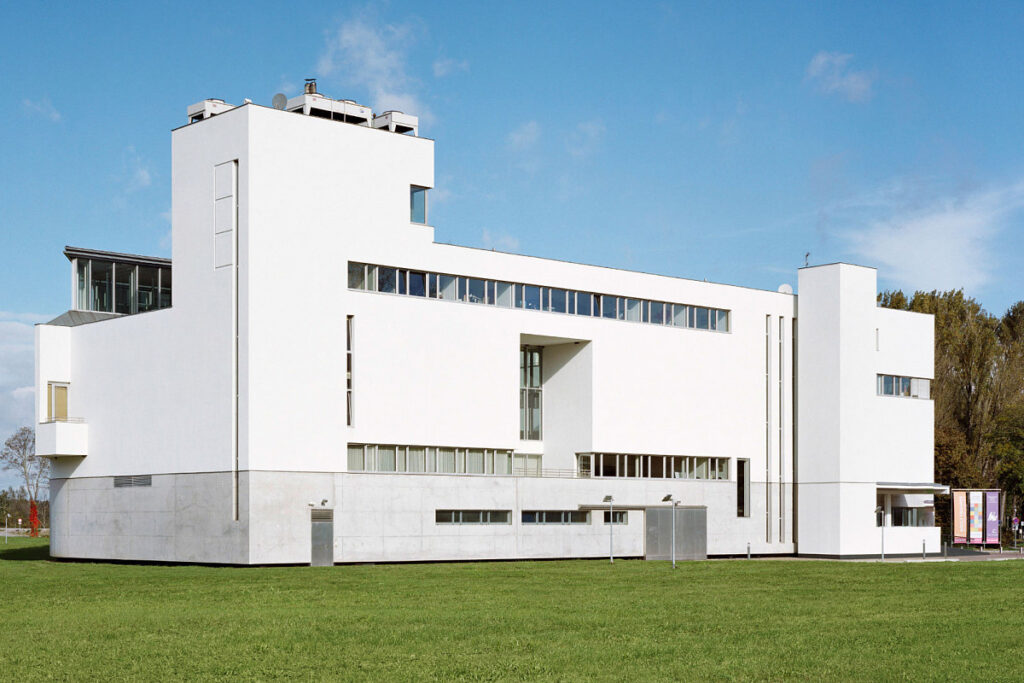 7
7
Albertina Klosterneuburg
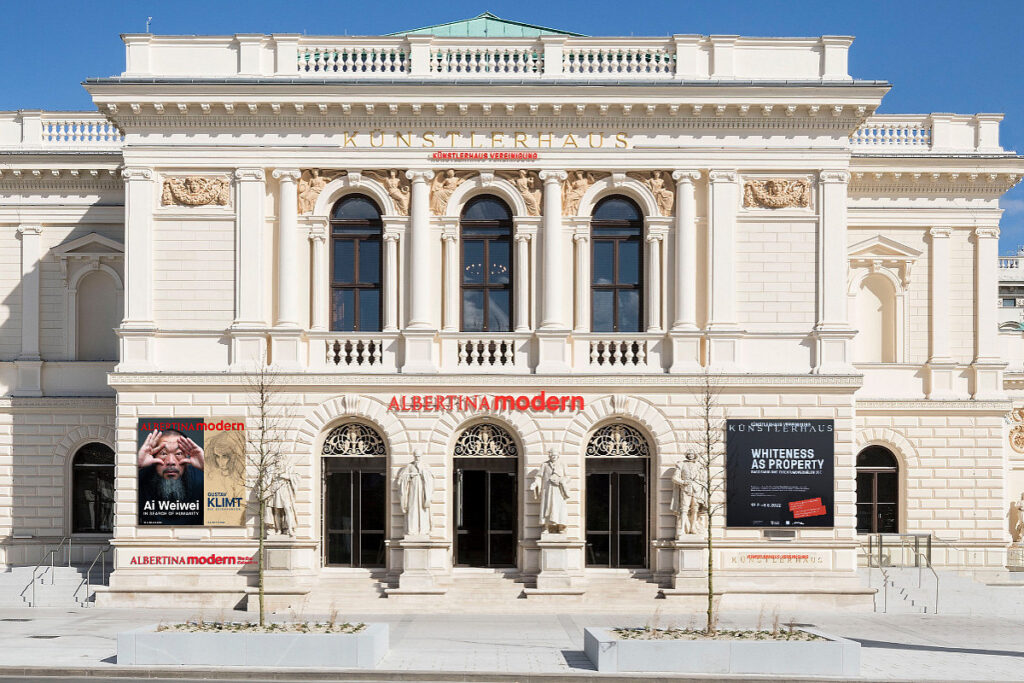 121
121
Albertina modern
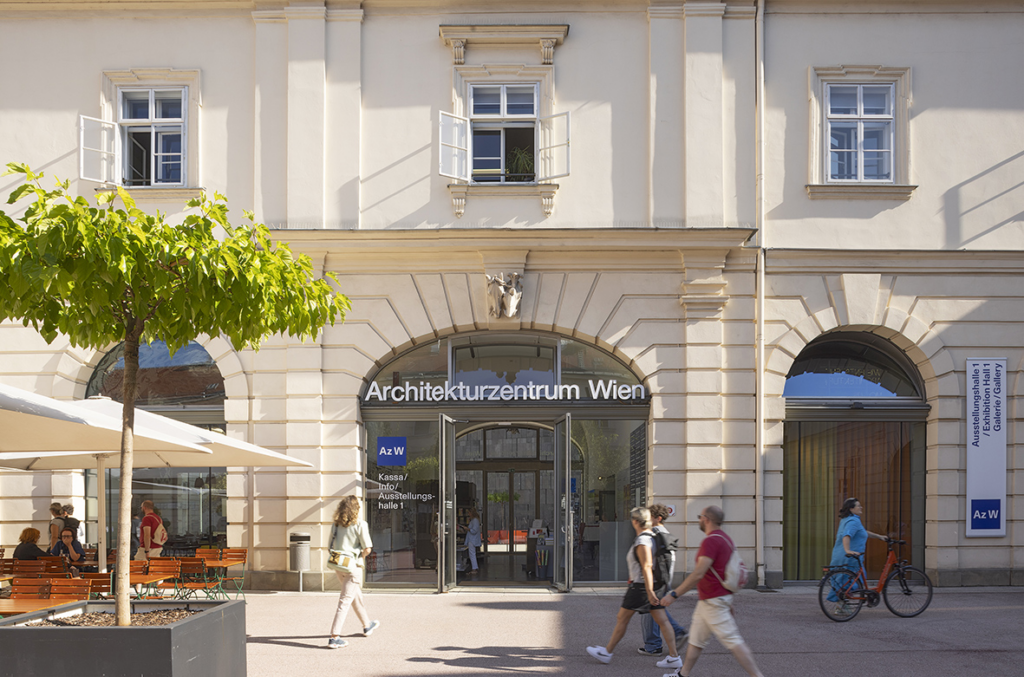 173
173
Architekturzentrum Wien
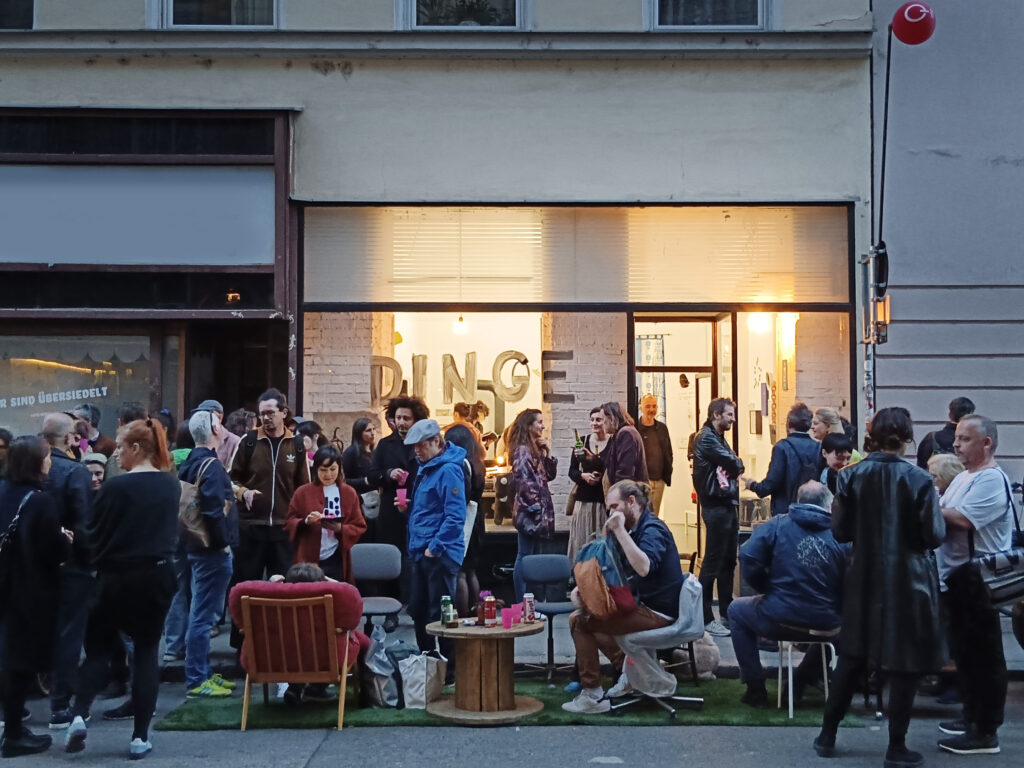 10
10
Atelier Glockengasse 8A
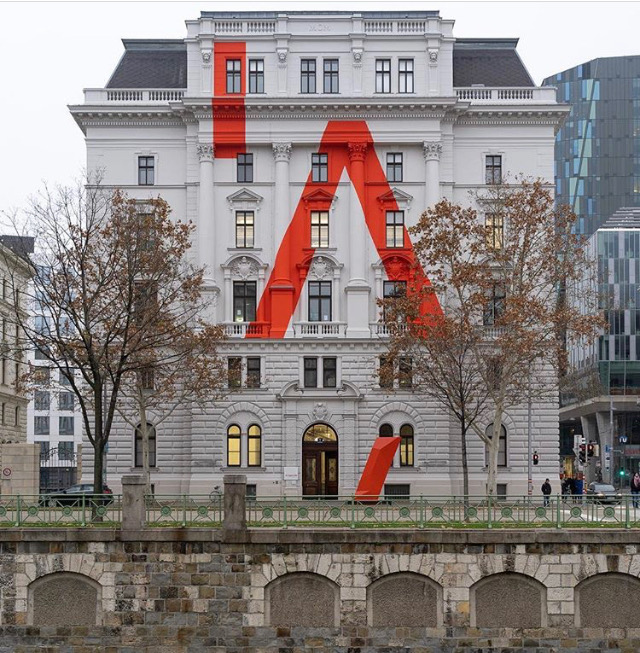 135
135
Auditorium der Universität für angewandte Kunst Wien
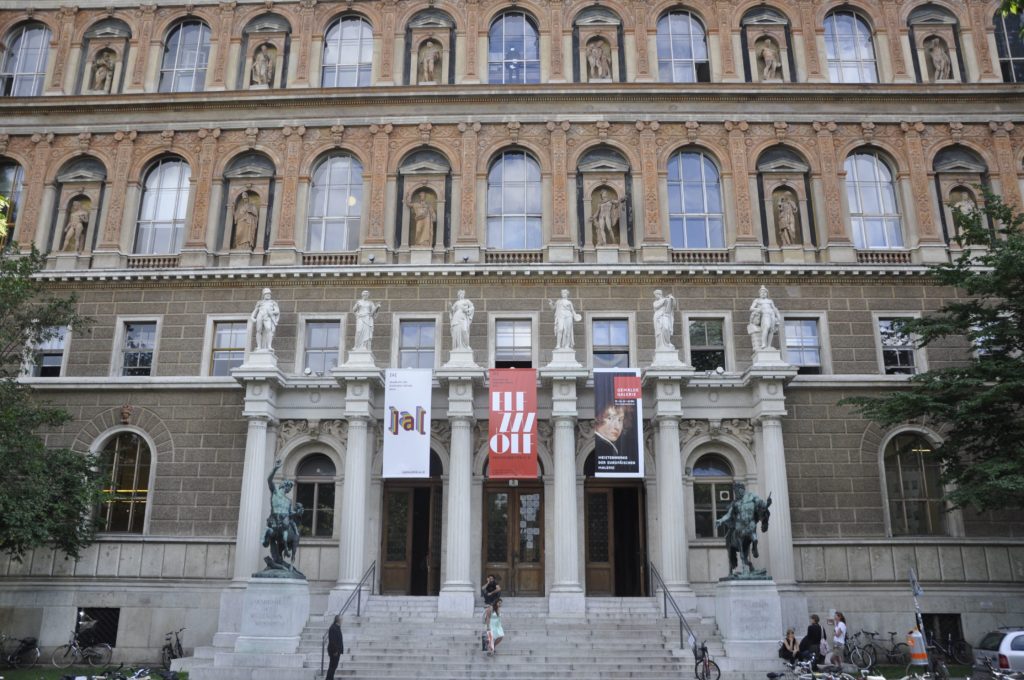 117
117
Ausstellungsraum der Akademie der bildenden Künste Wien
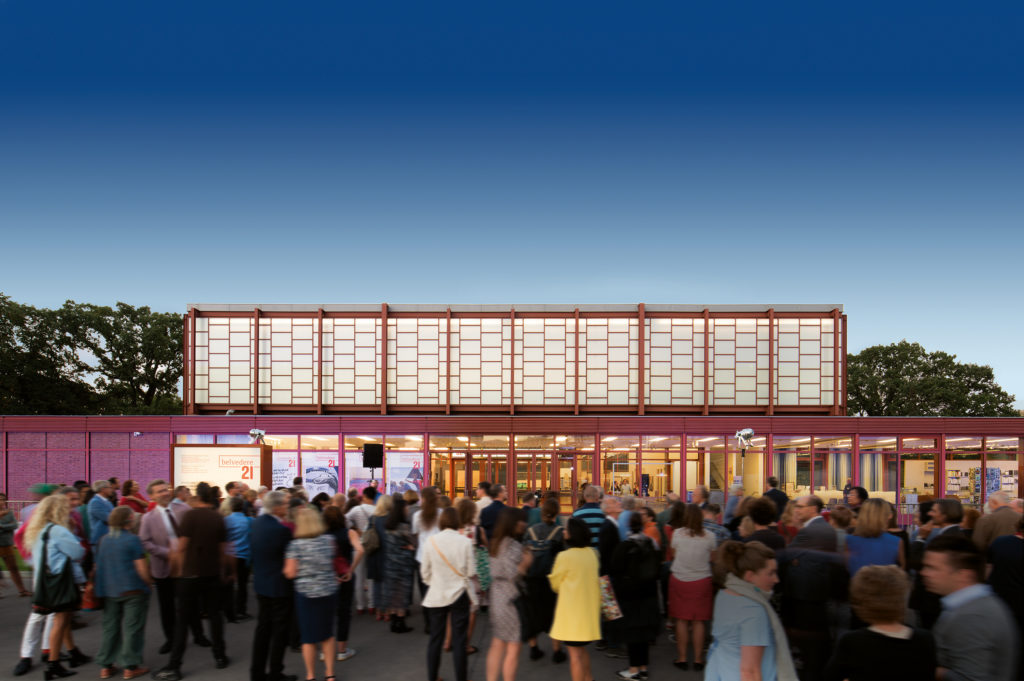 236
236
Belvedere 21 – Museum für zeitgenössische Kunst
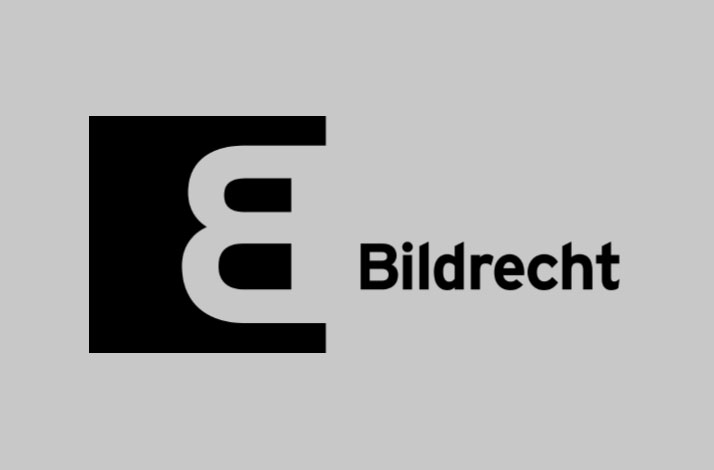 141
141
Bildraum 01
 140
140
Bildraum 07
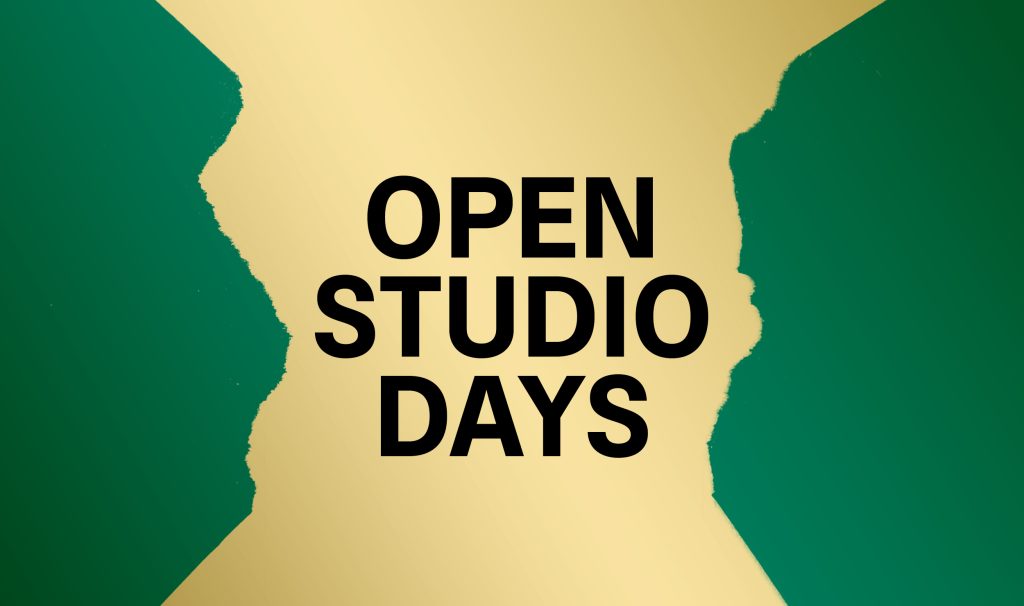 142
142
Bundesateliers Wattgasse
 144
144
Bundesateliers Westbahnstraße
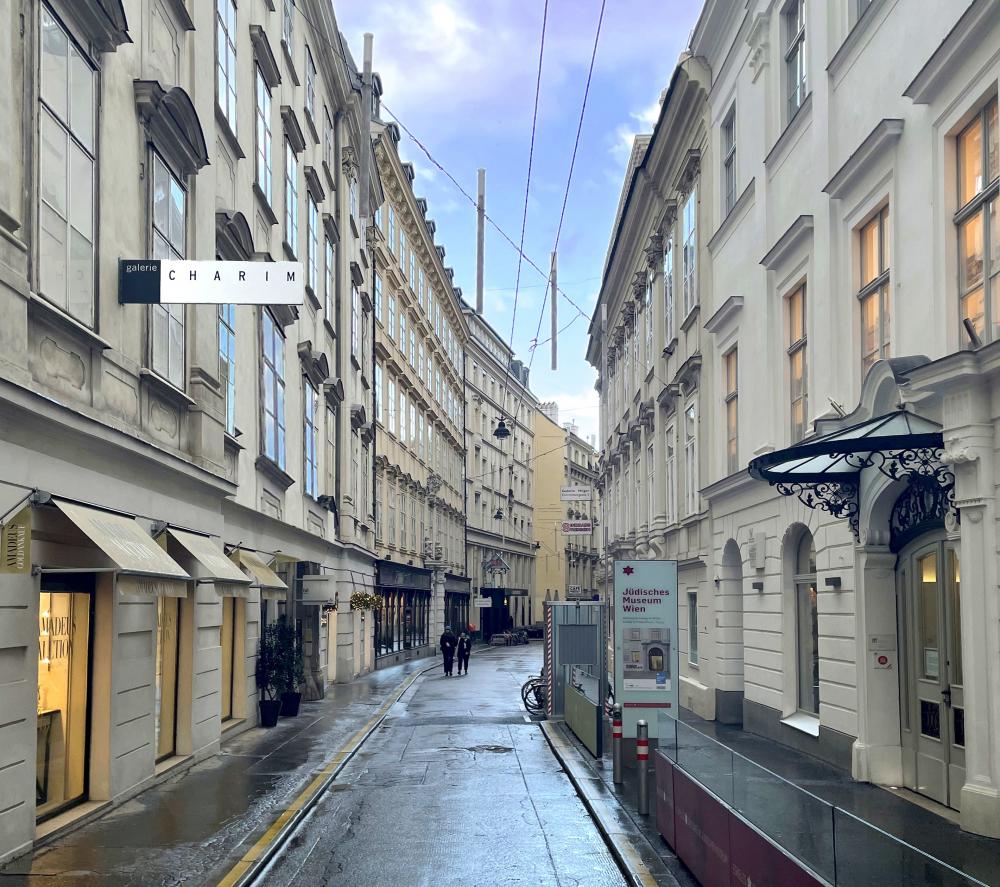 101
101
Charim Galerie
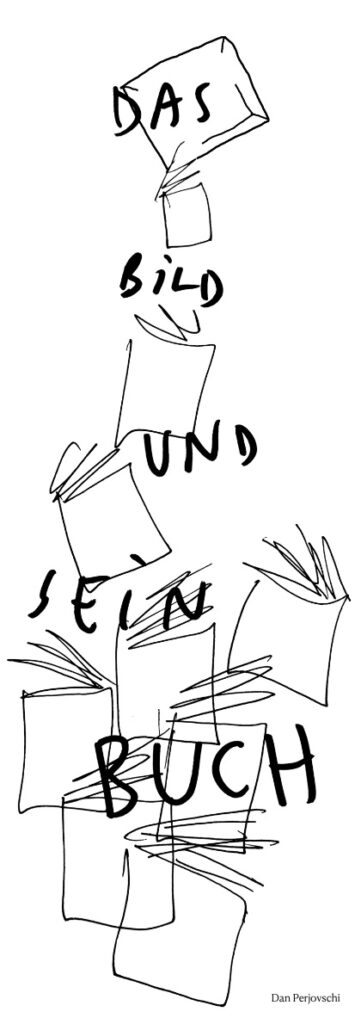 15
15
Christine KÖNIG | CHAPTER III: DAS BILD UND SEIN BUCH
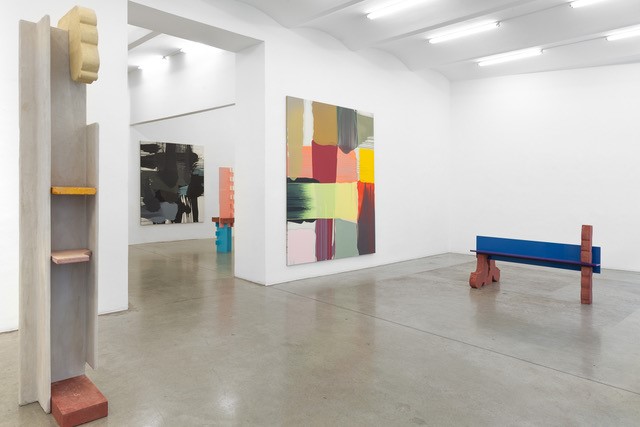 131
131
Christine König Galerie
 112
112
Collectors Agenda Editionengalerie
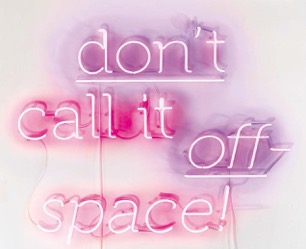 196
196
DAS WEISSE HAUS
 20
20
Das WUK
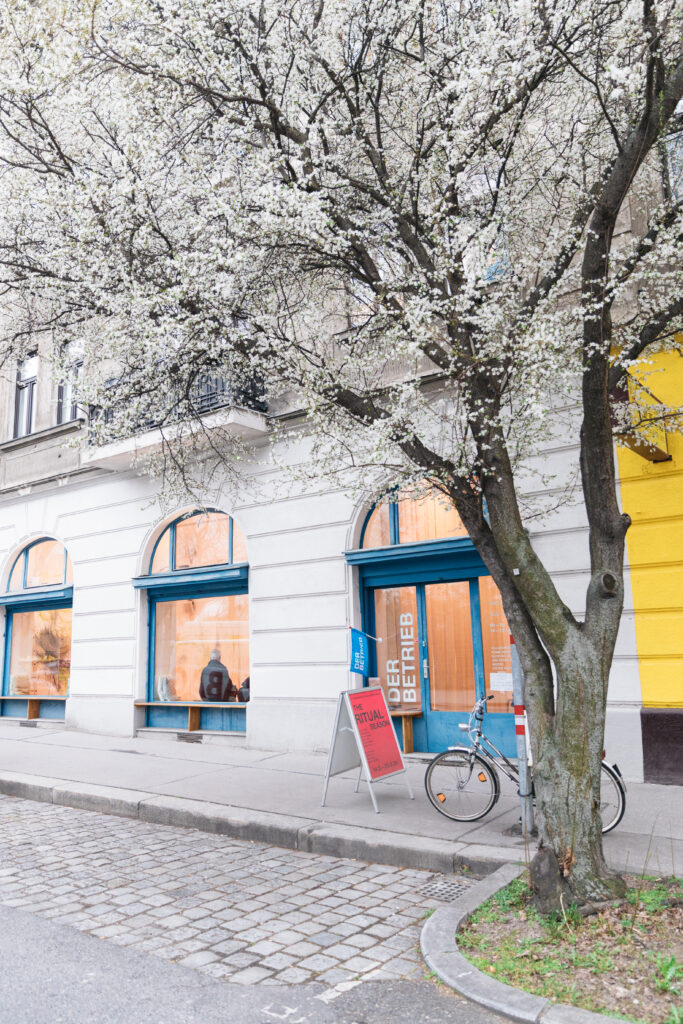 12
12
Der Betrieb
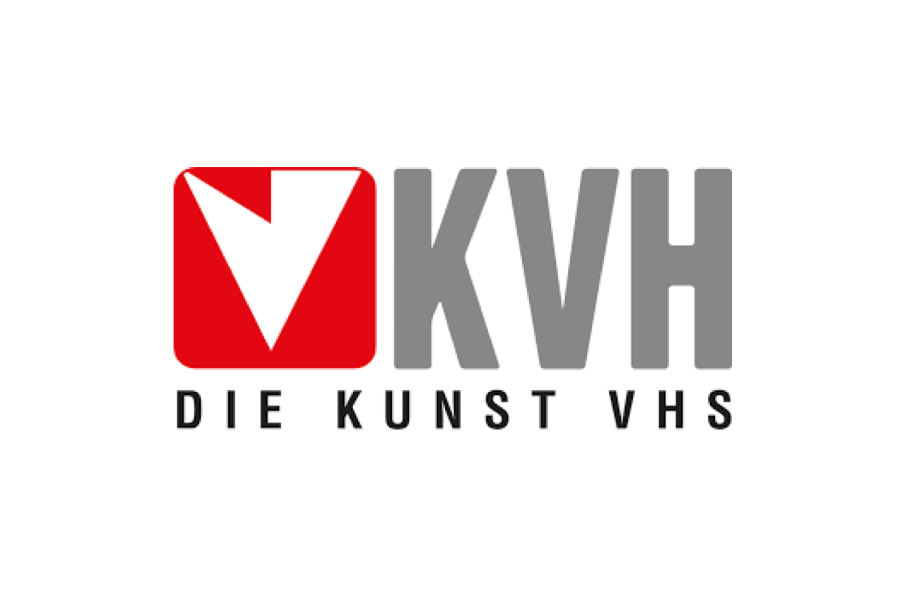 13
13
Die Kunst VHS
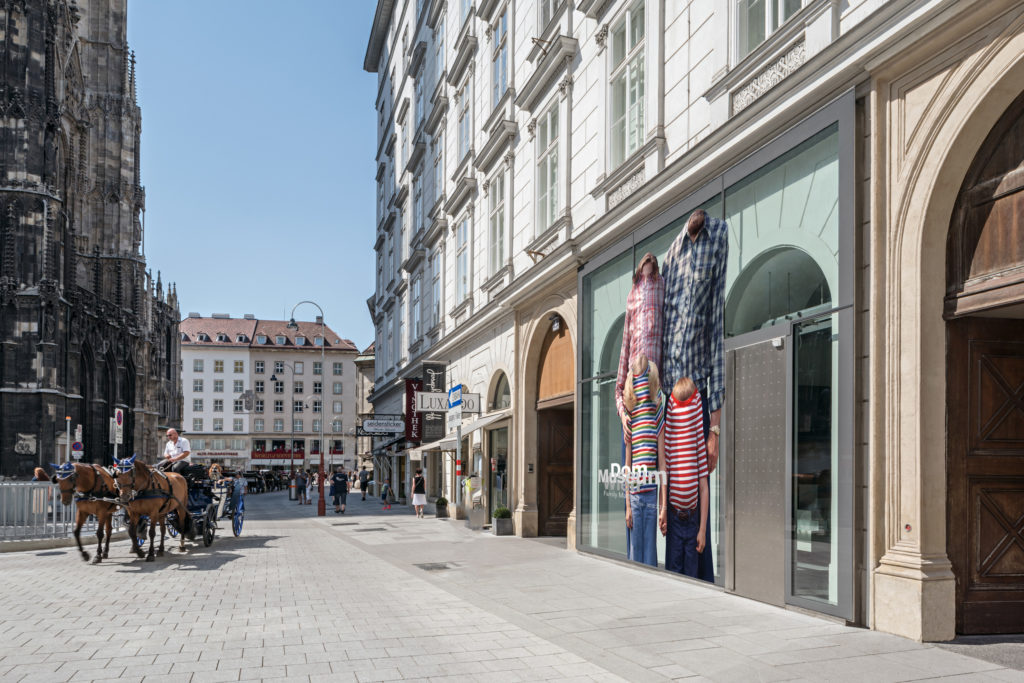 233
233
Dom Museum Wien
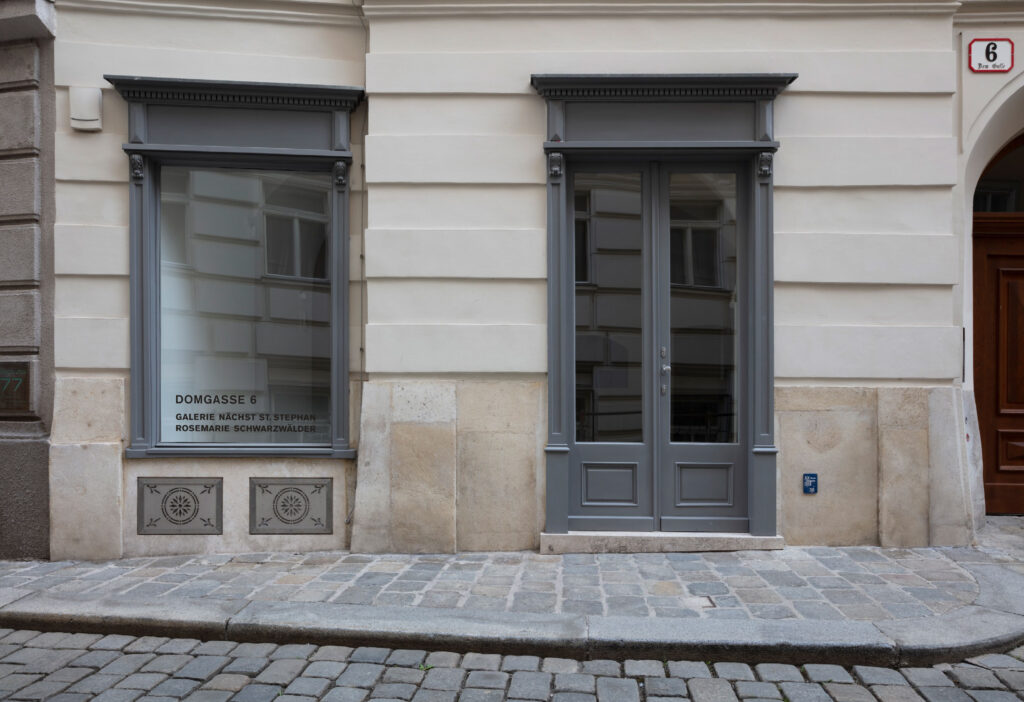 40
40
Domgasse 6 – Galerie nächst St. Stephan Rosemarie Schwarzwälder
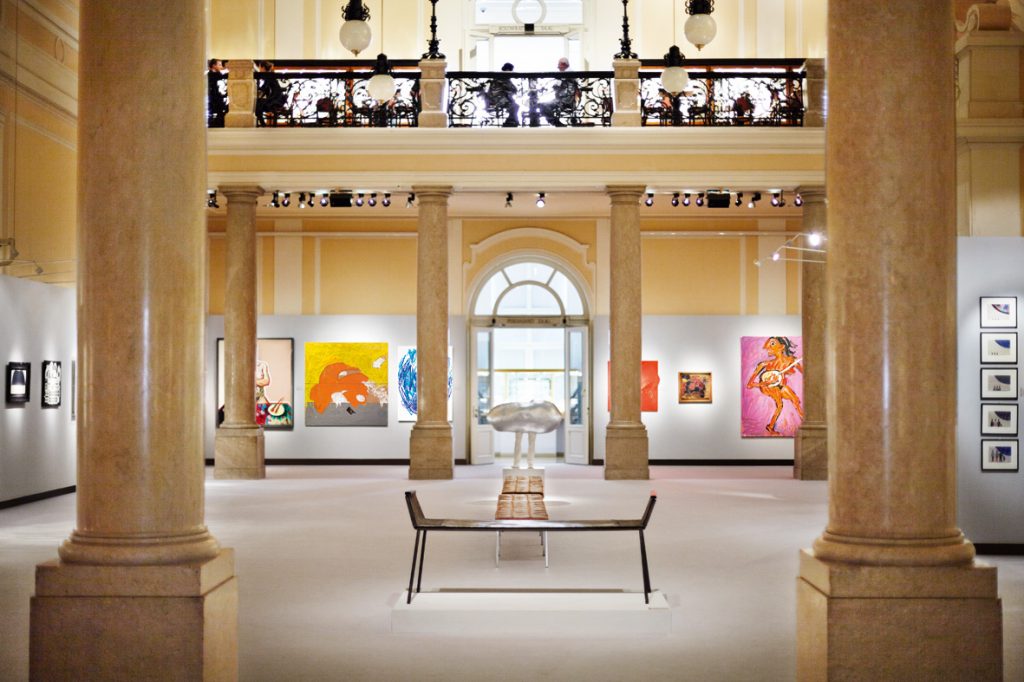 166
166
Dorotheum
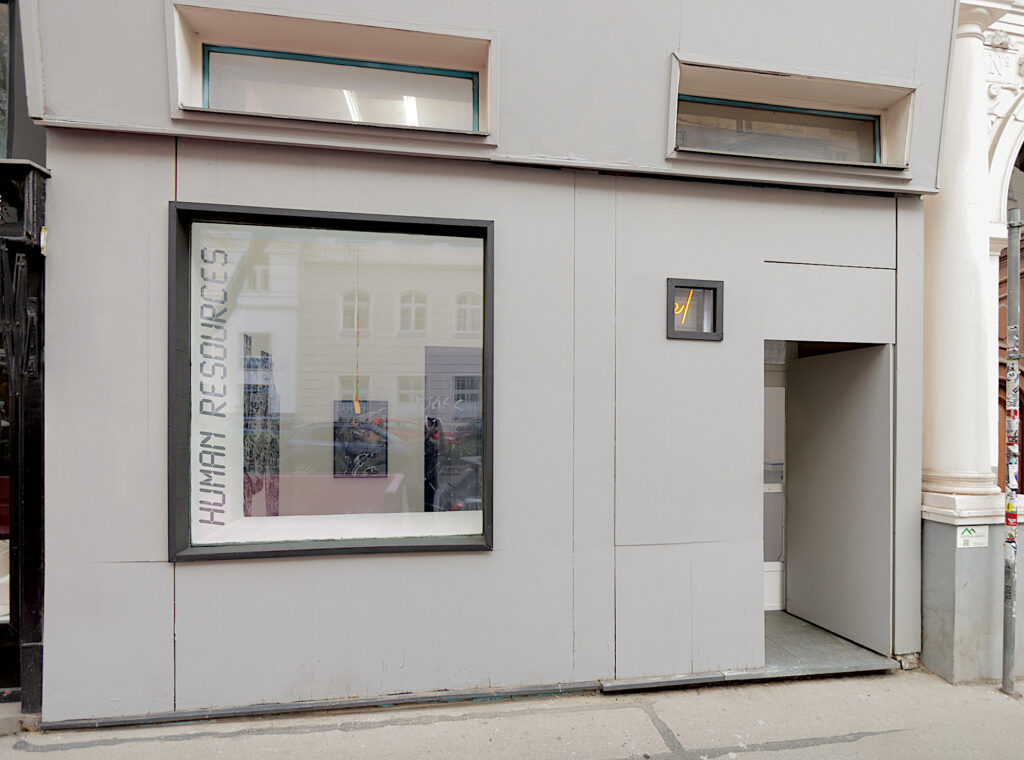 22
22
ENTRE
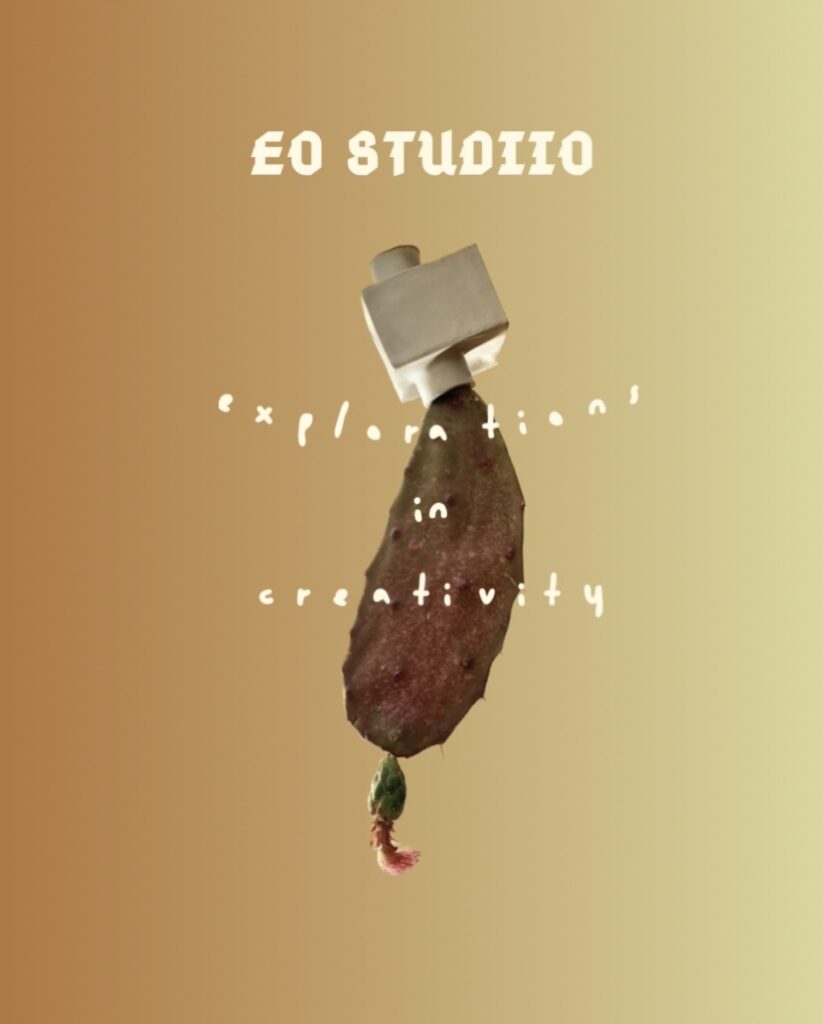 5
5
EO Studiio
 116
116
Exhibit Galerie – Ausstellungsraum der Akademie der bildenden Künste Wien
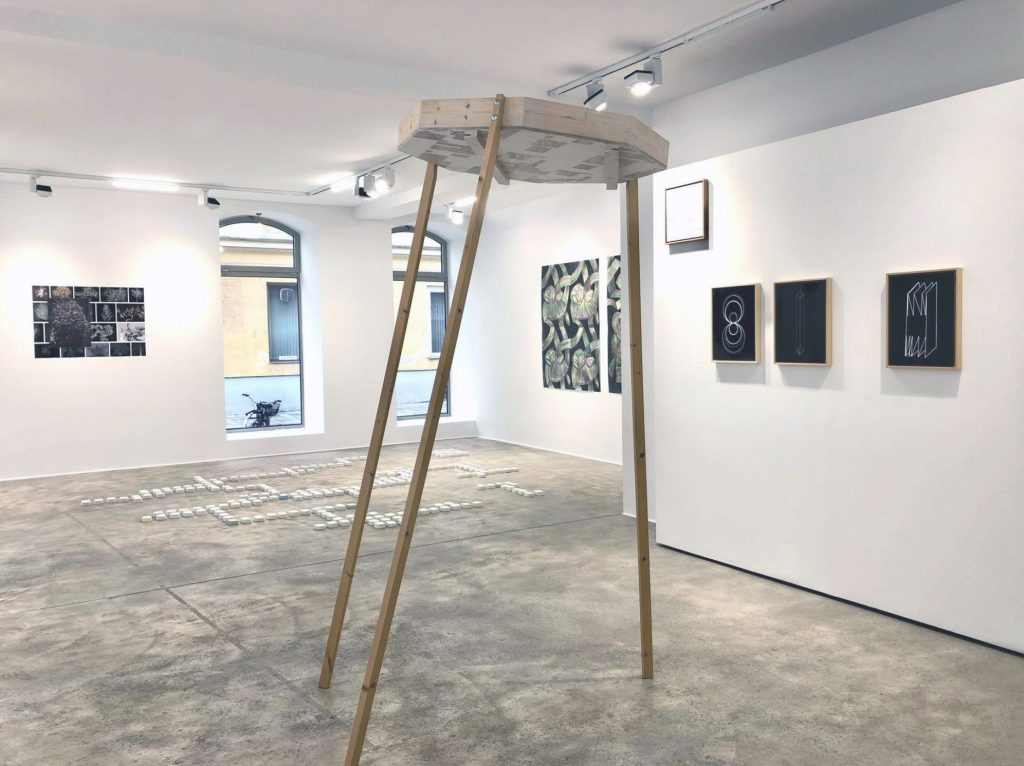 214
214
flat1_artspace
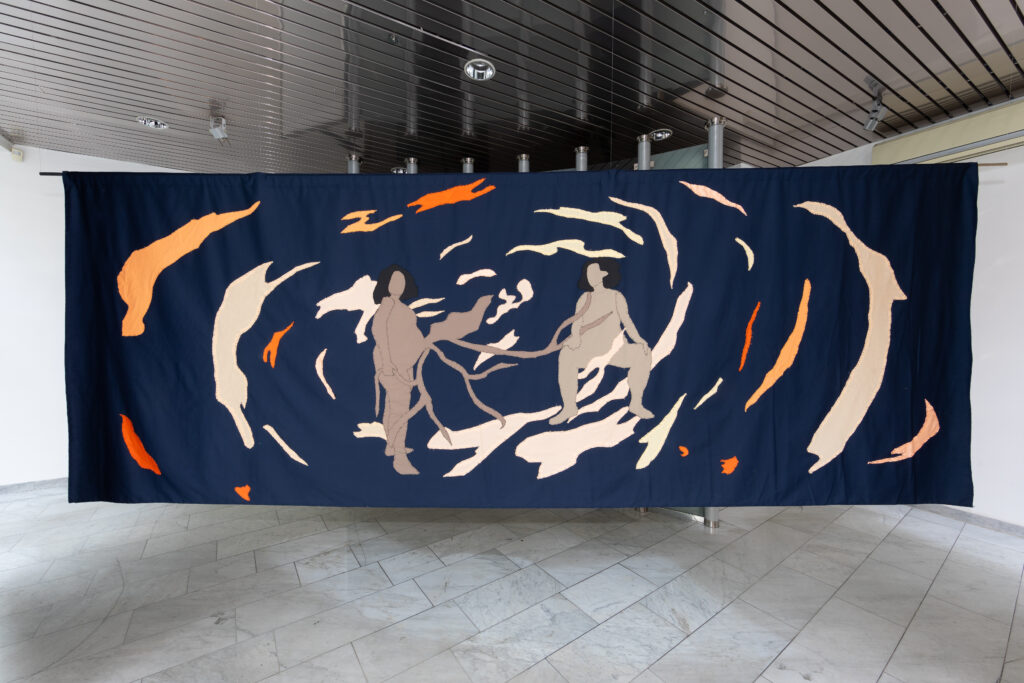 213
213
Flucc
 134
134
FLUX 2 der Universität für angewandte Kunst Wien
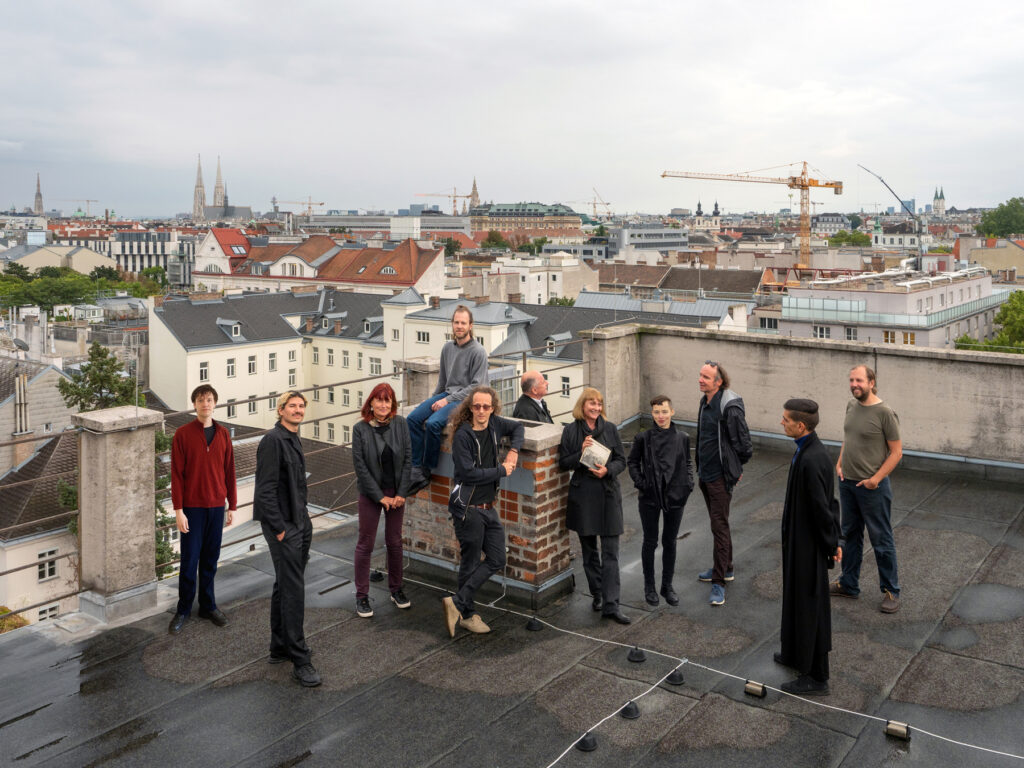 97
97
Fotogalerie Wien
 6
6
FUTURAMA°LAB – Art & Science for Ecological Transformation
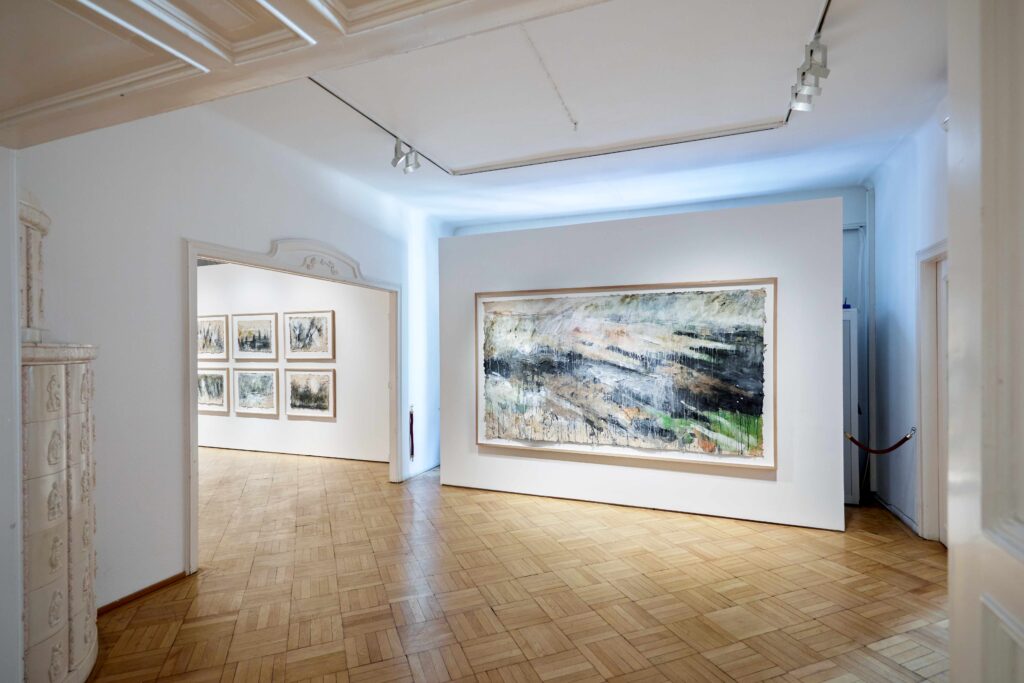 124
124
Galerie Ernst Hilger
 25
25
Galerie Eva Presenhuber
Galerie Kandlhofer
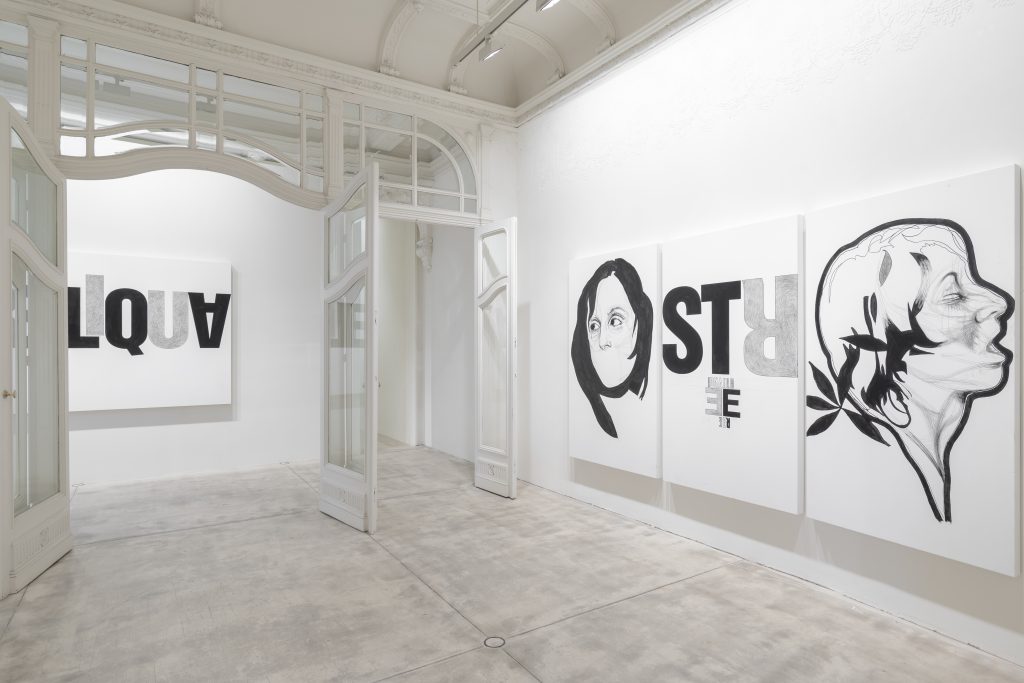 163
163
Galerie Krinzinger
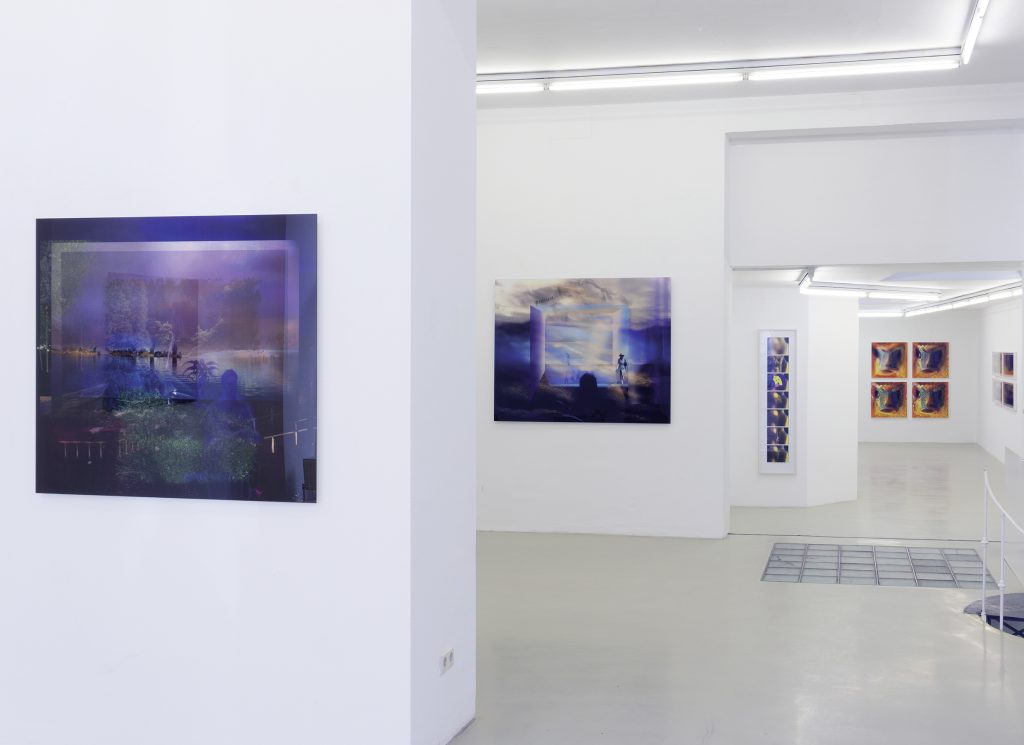 127
127
Galerie Lukas Feichtner
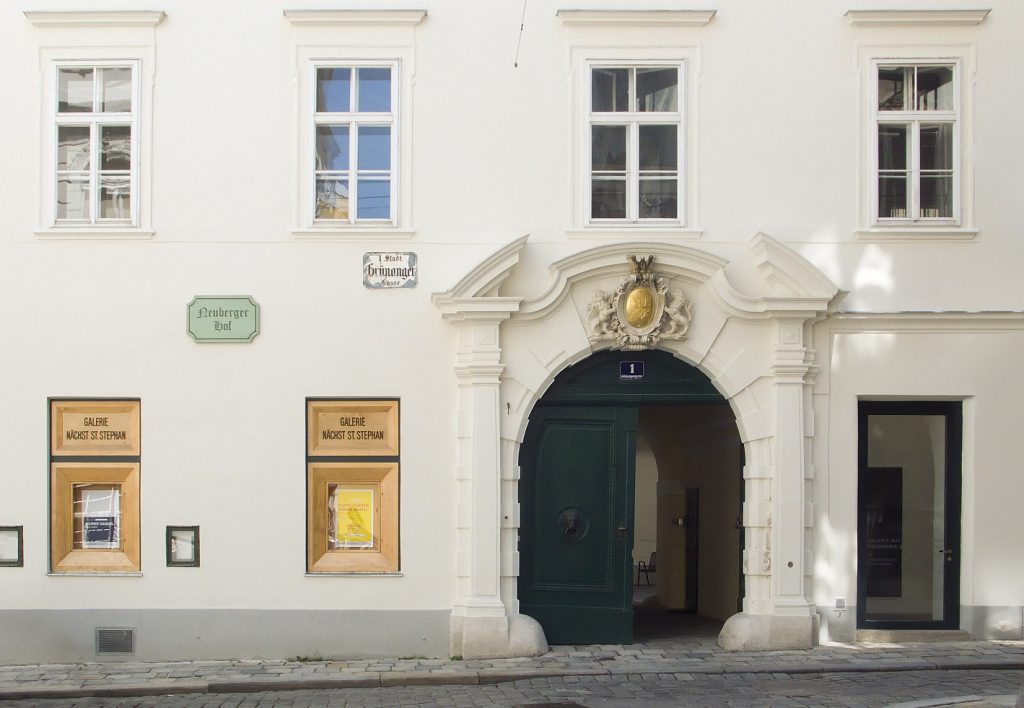 104
104
Galerie nächst St. Stephan Rosemarie Schwarzwälder
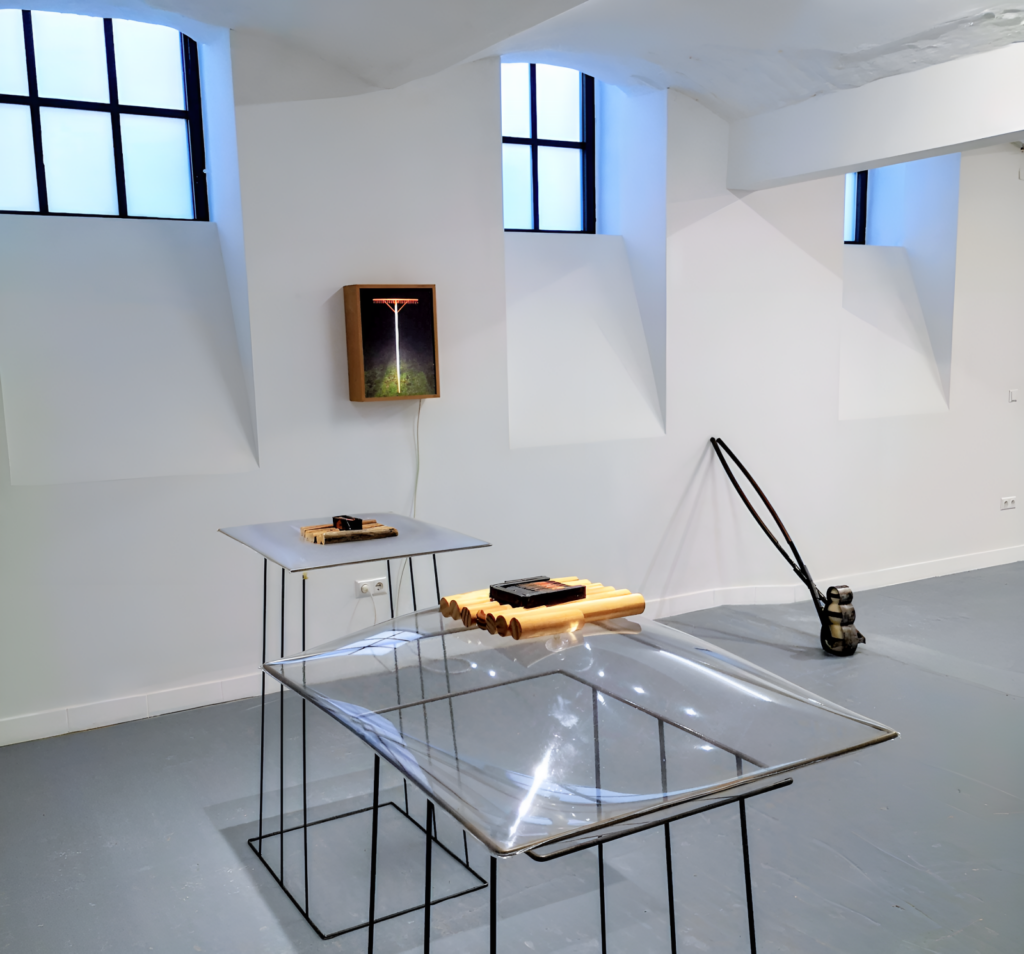 27
27
Galerie Peter Gaugy
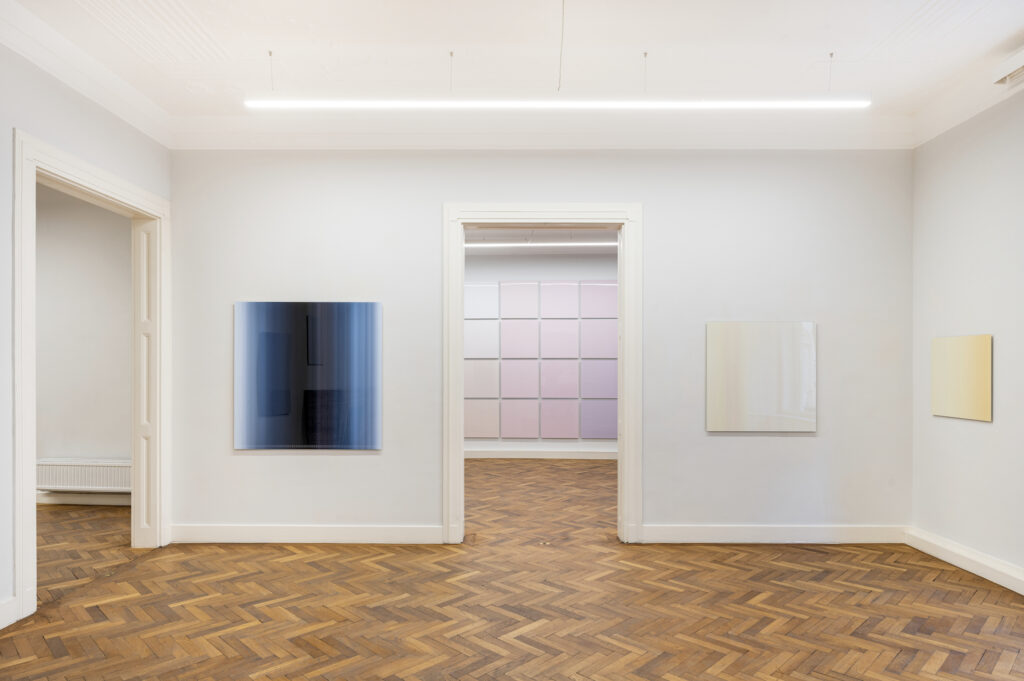 156
156
Galerie Sturm & Schober
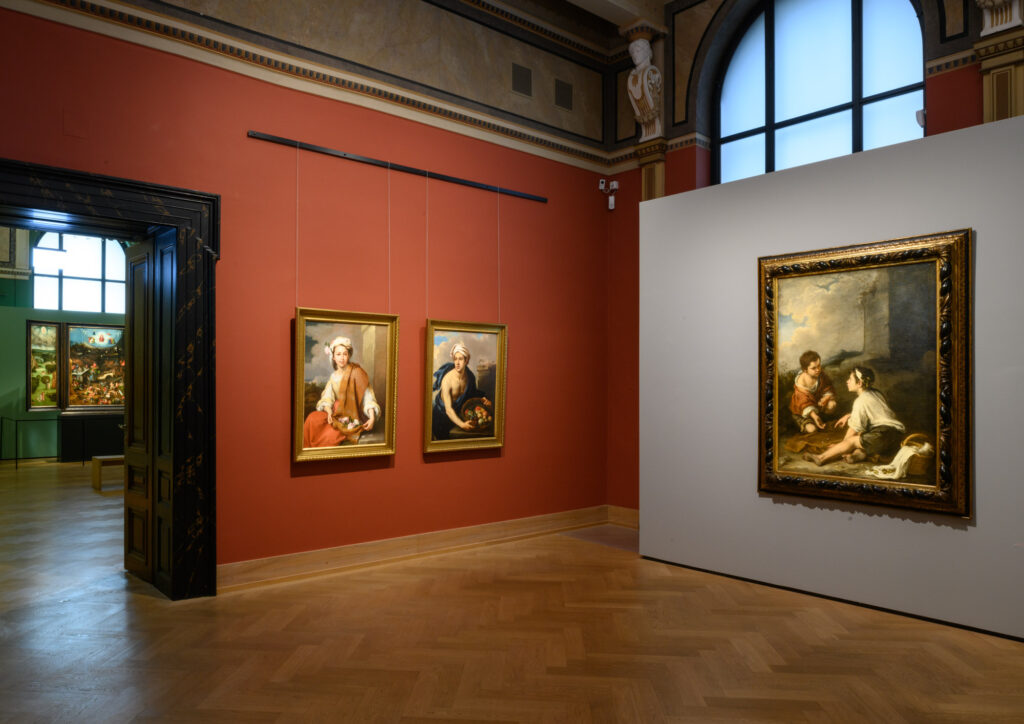 238
238
Gemäldegalerie der Akademie der bildenden Künste Wien
Heeresgeschichtliches Museum Wien
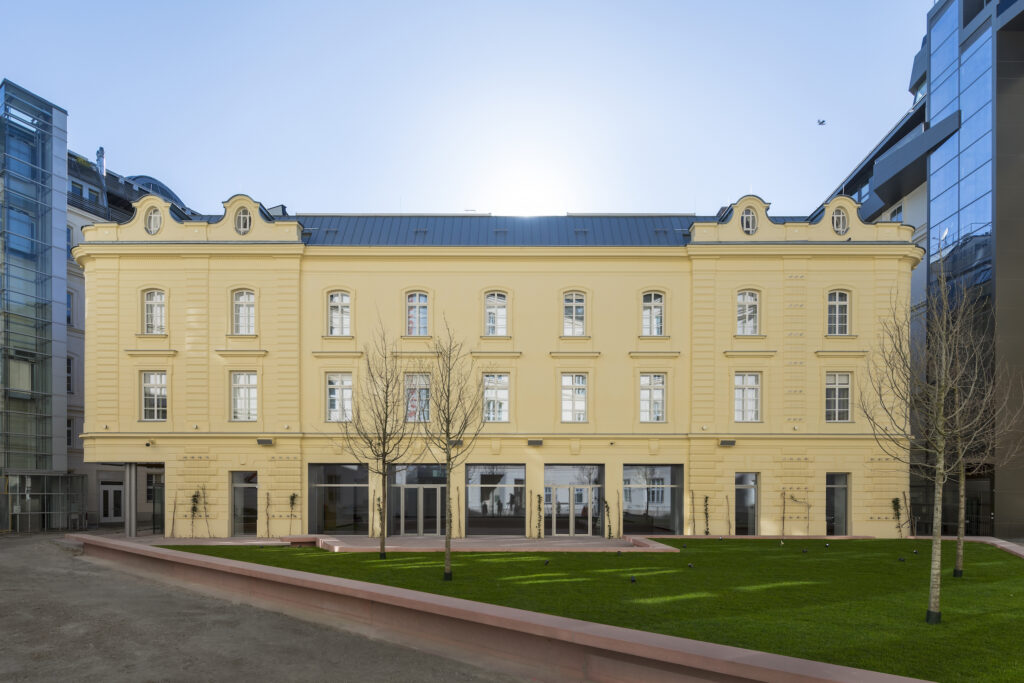 38
38
Heidi Horten Collection
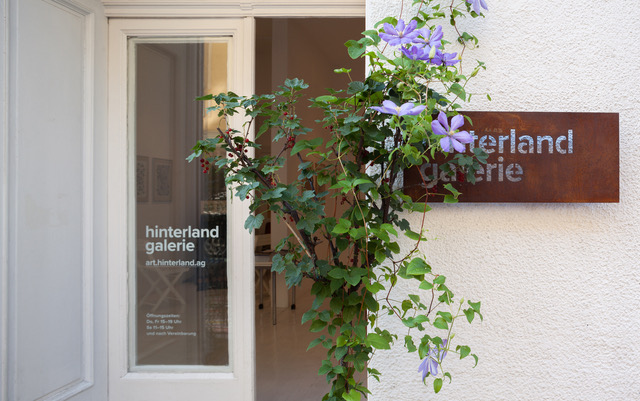 35
35
hinterland
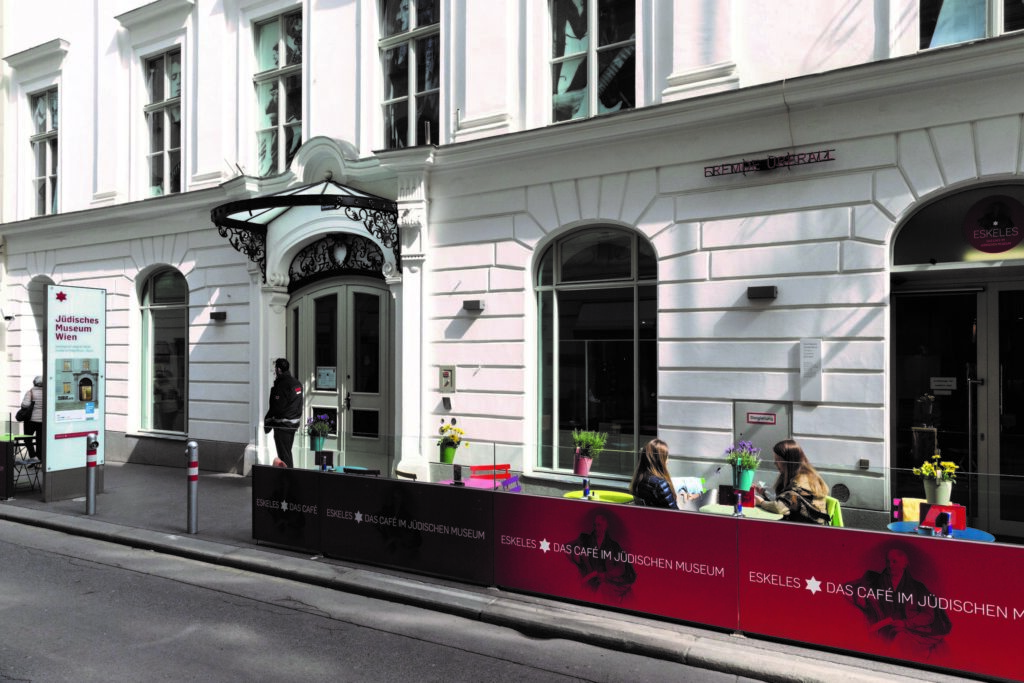 192
192
Jüdisches Museum Wien
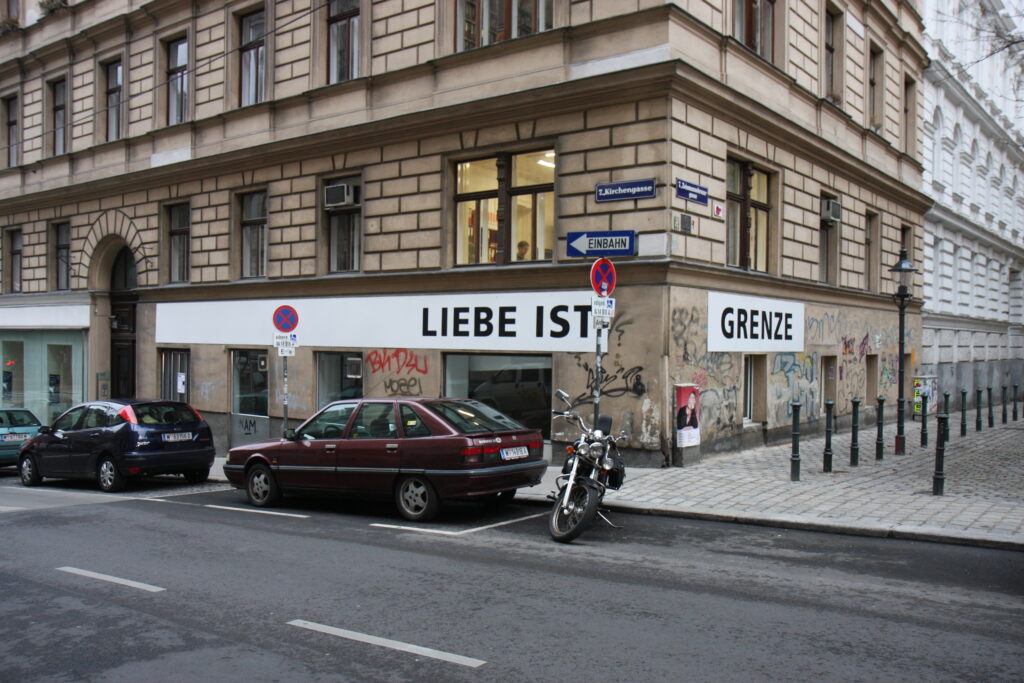 211
211
k48 – Offensive für zeitgenössische Wahrnehmung
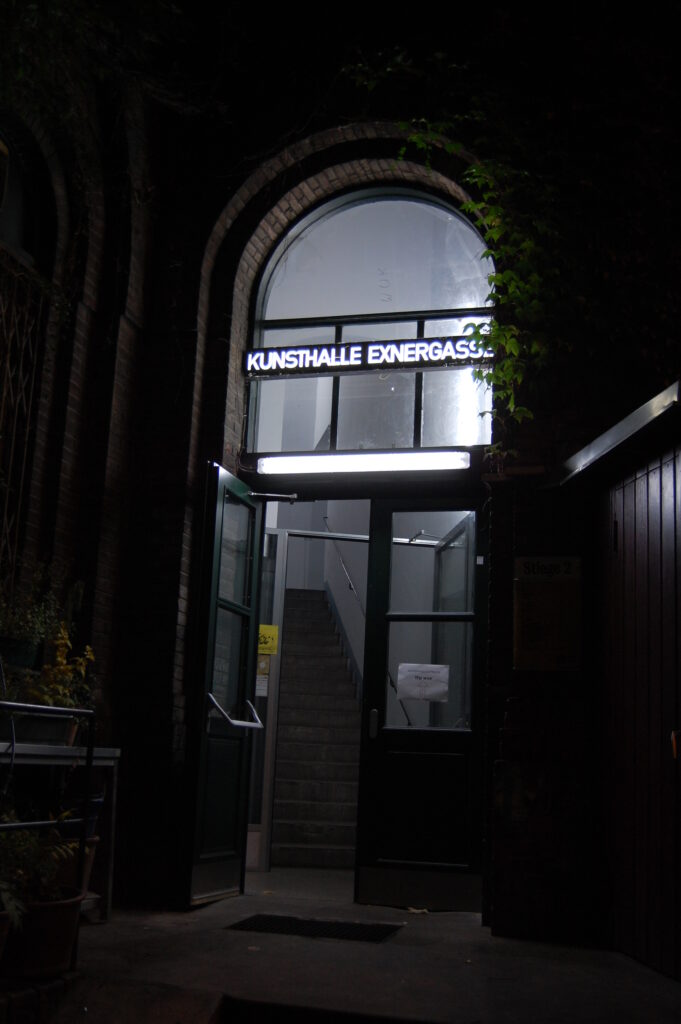 191
191
KEX Kunsthalle Exnergasse
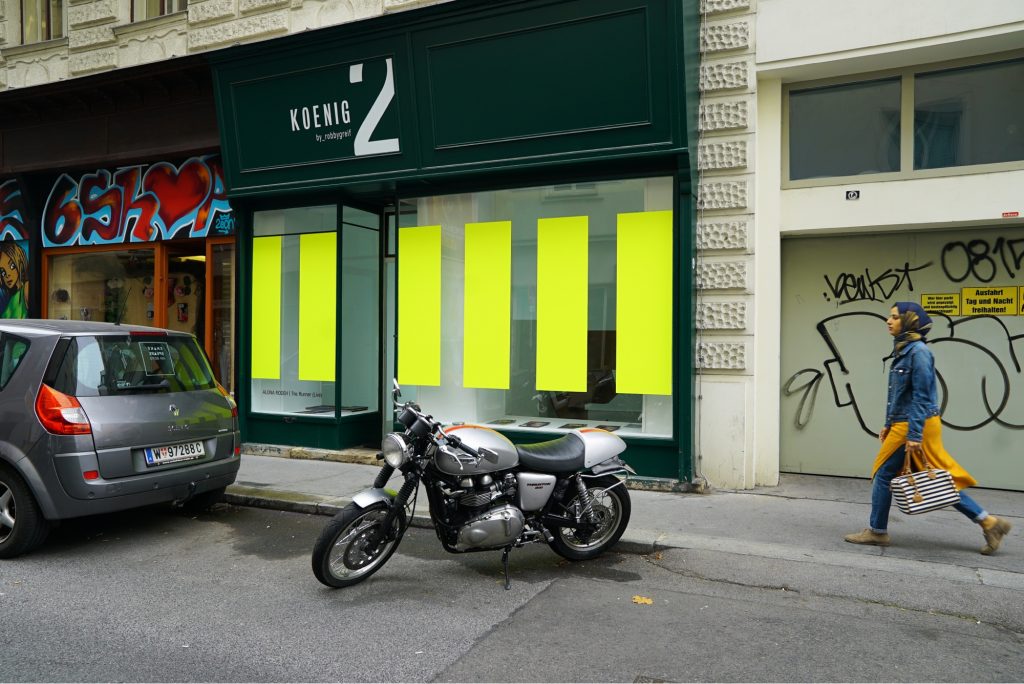 130
130
KOENIG2 by_robbygreif
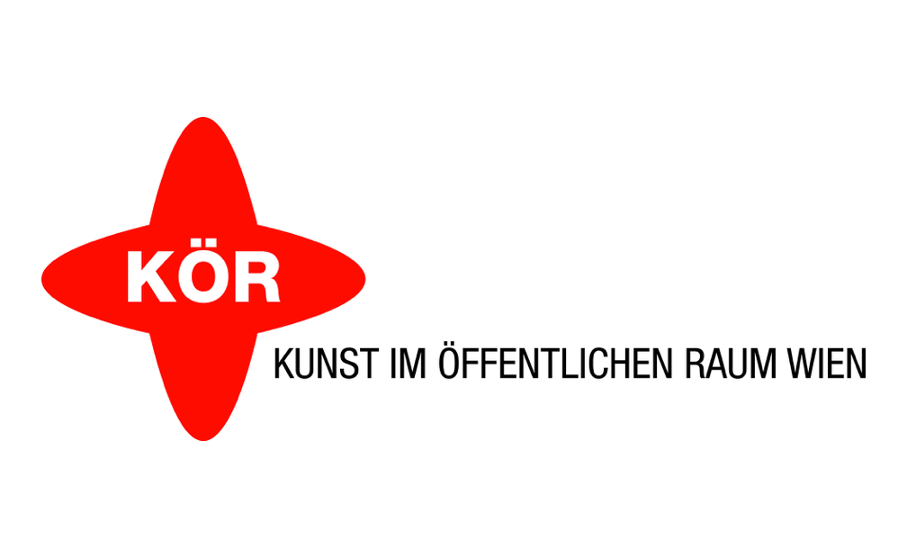 230
230
KÖR Kunst im öffentlichen Raum Wien
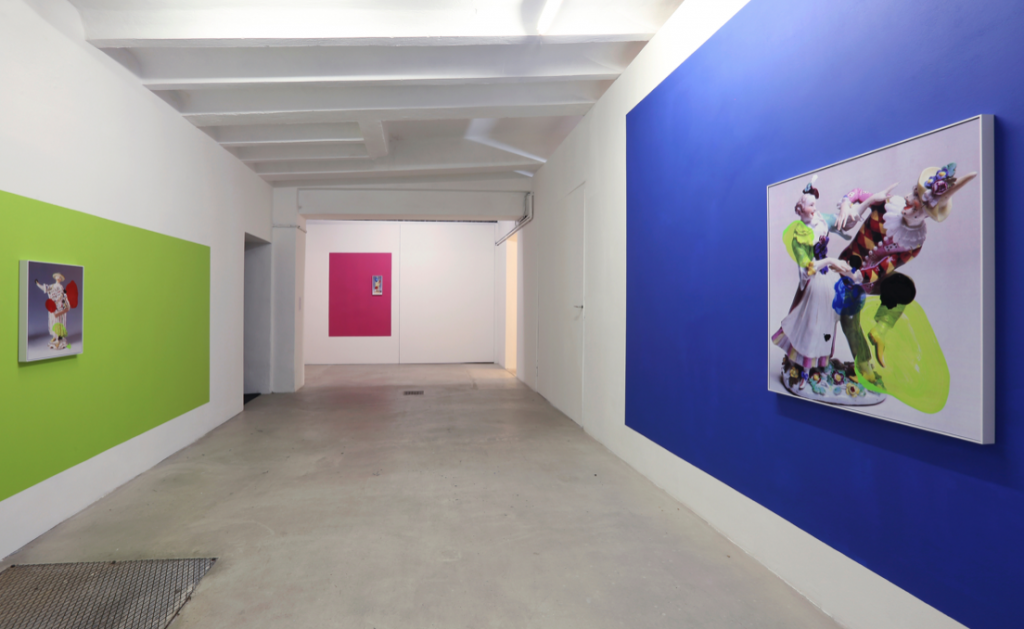 62
62
KRINZINGER SCHOTTENFELD
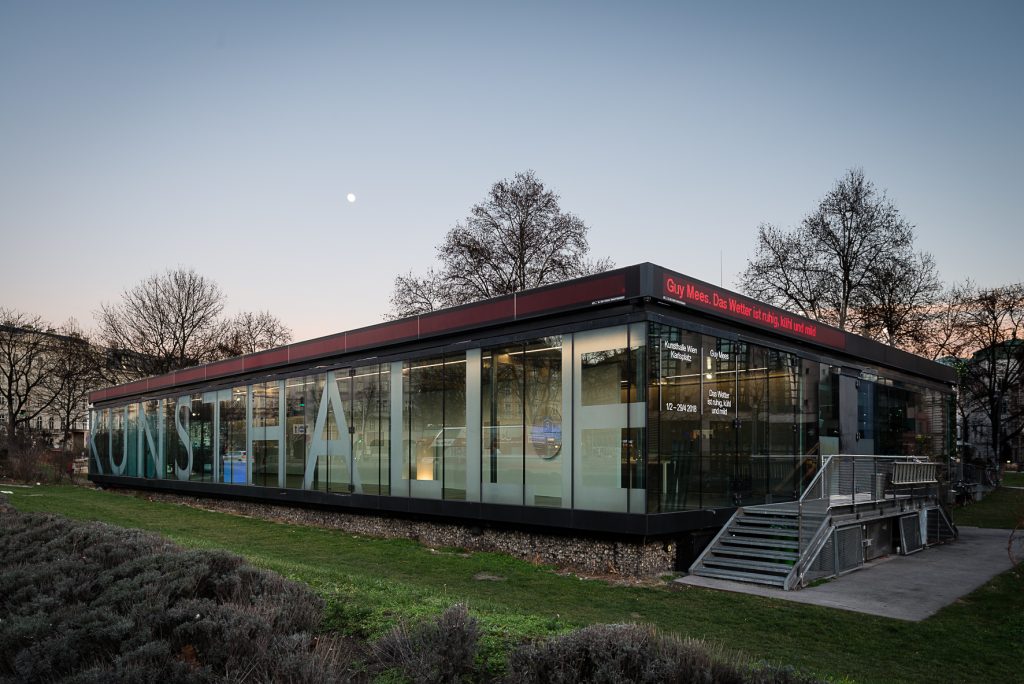 170
170
Kunsthalle Wien Karlsplatz
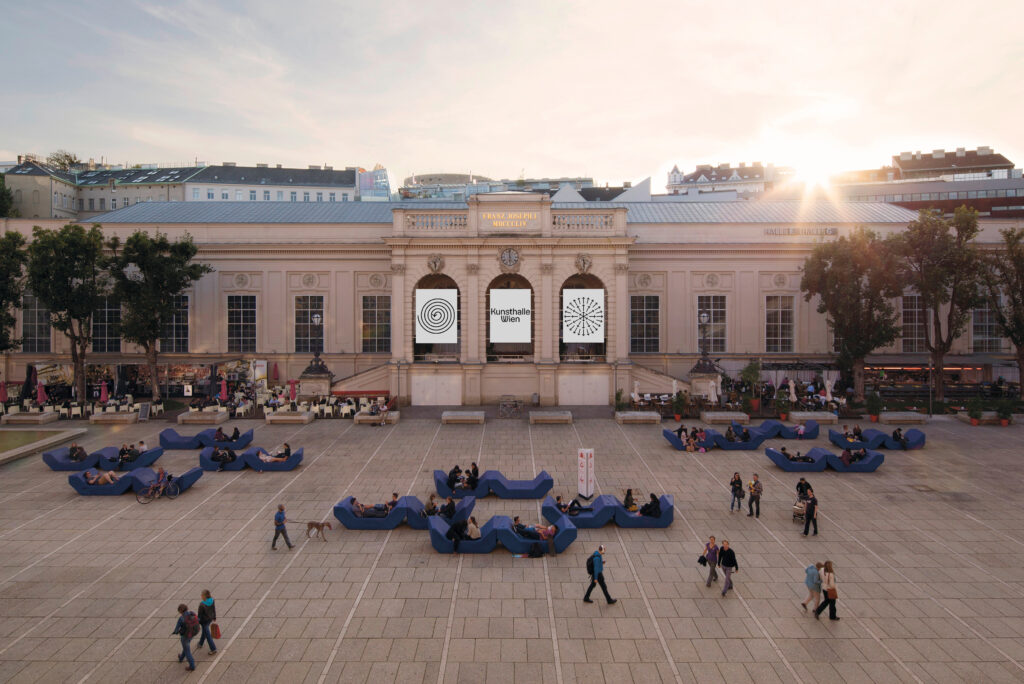 171
171
Kunsthalle Wien Museumsquartier
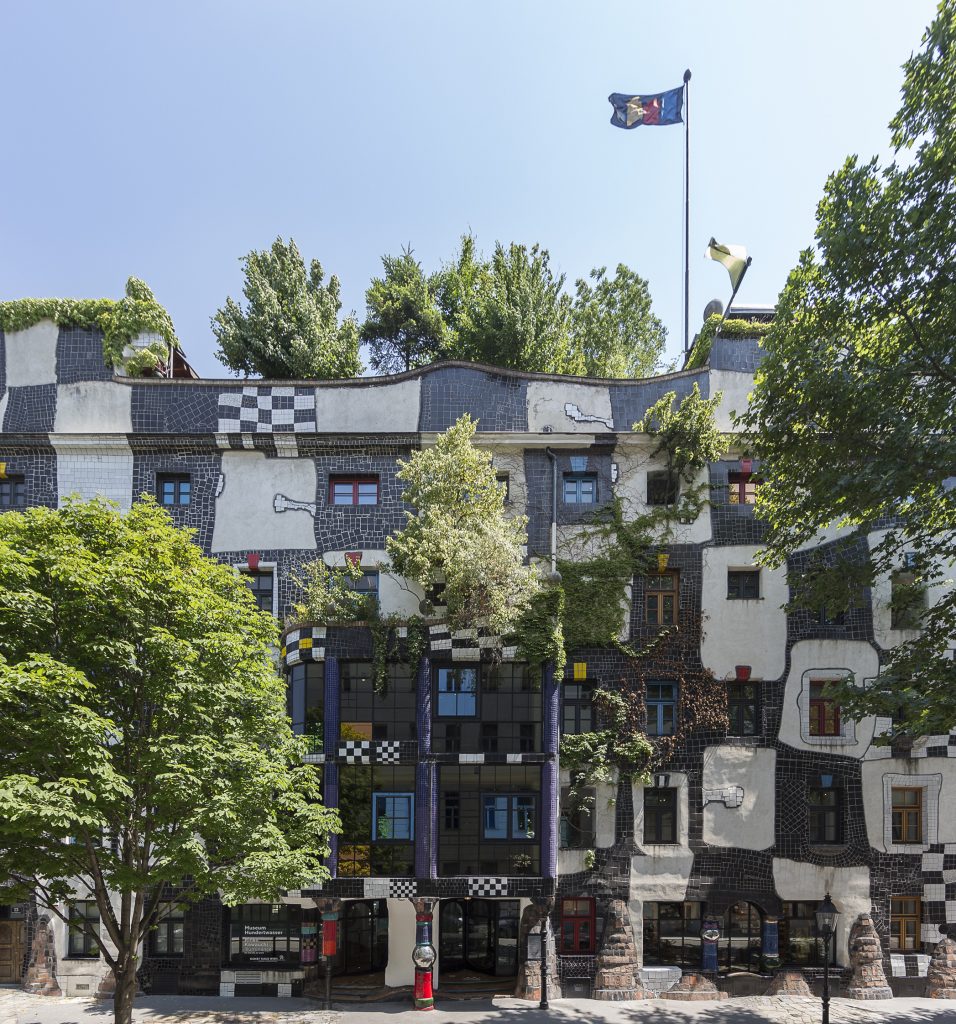 159
159
KunstHausWien
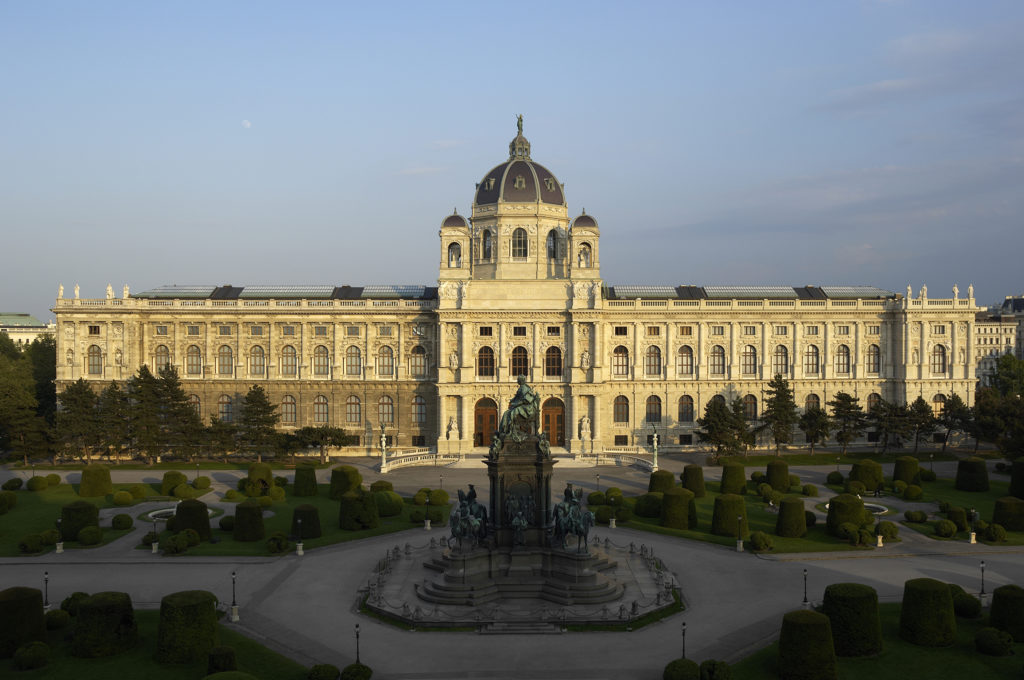 232
232
KUNSTHISTORISCHES MUSEUM WIEN
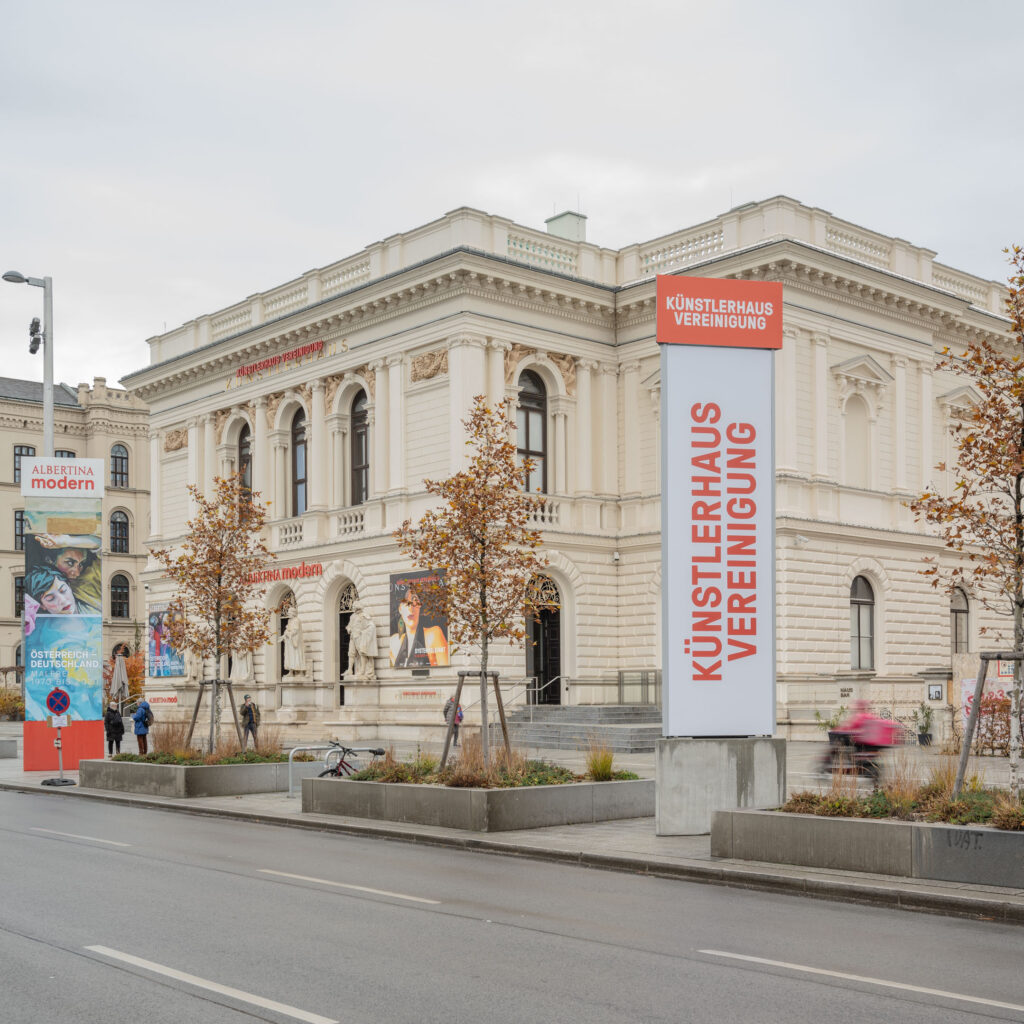 229
229
Künstlerhaus Vereinigung
 34
34
KUNSTZELLE
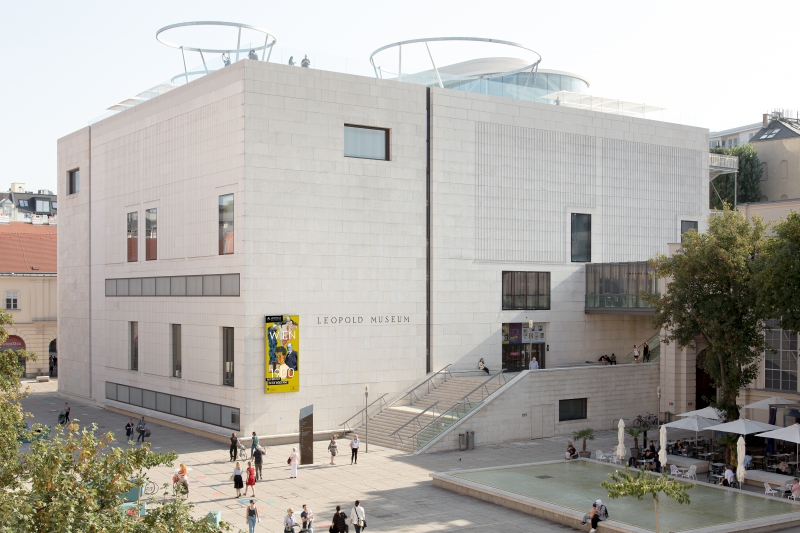 228
228
Leopold Museum
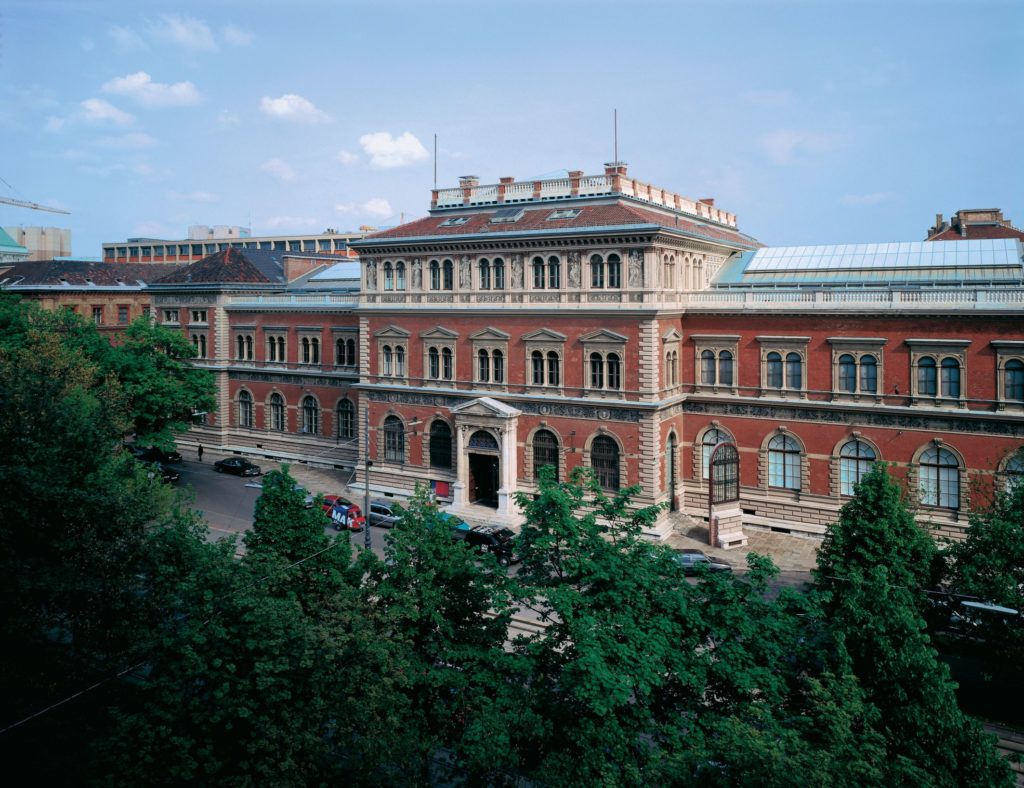 227
227
MAK – Museum für angewandte Kunst
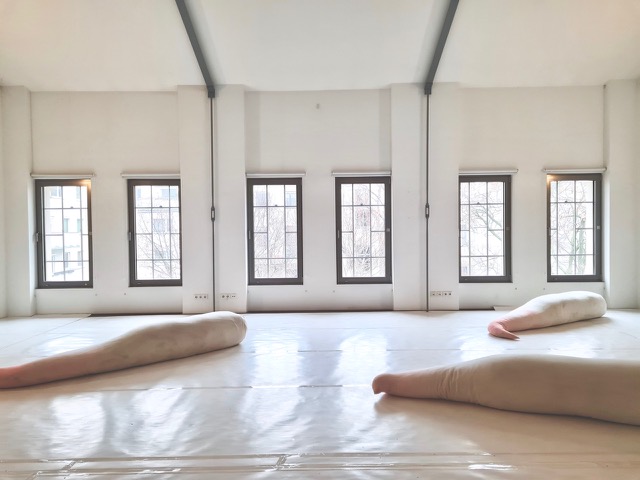 45
45
Motherboard
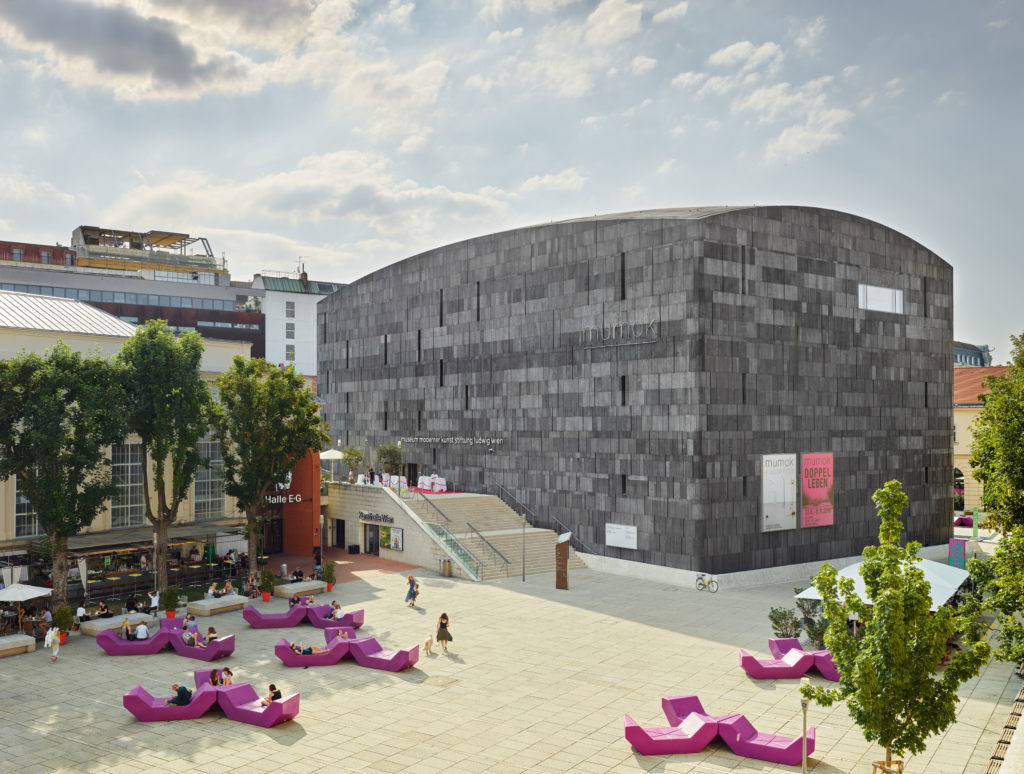 221
221
mumok – Museum moderner Kunst Stiftung Ludwig Wien
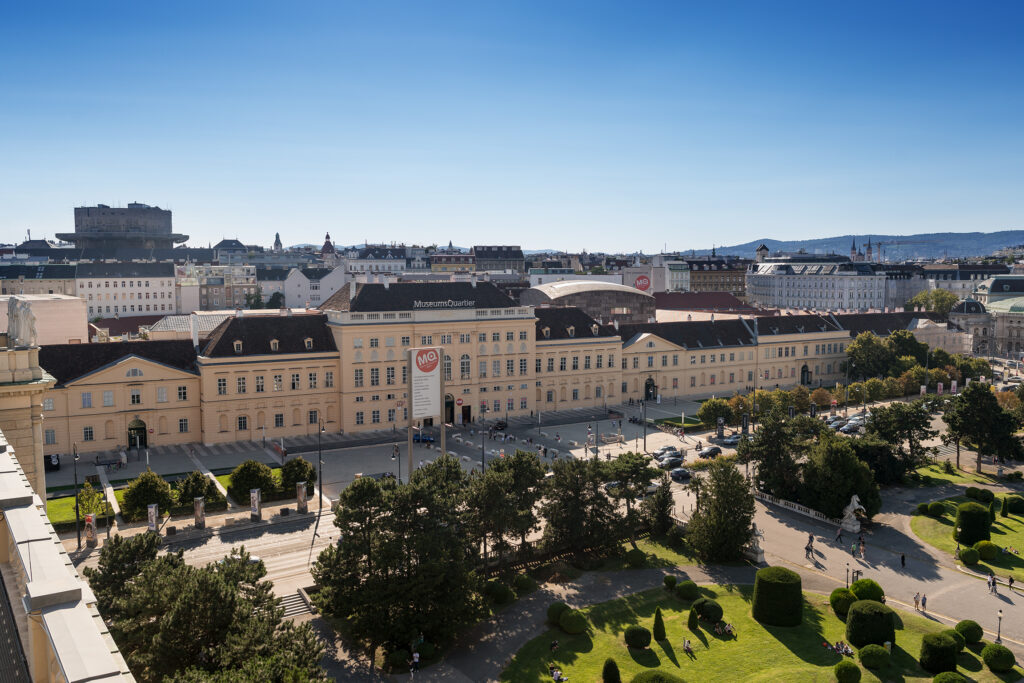 70
70
MuseumsQuartier Wien
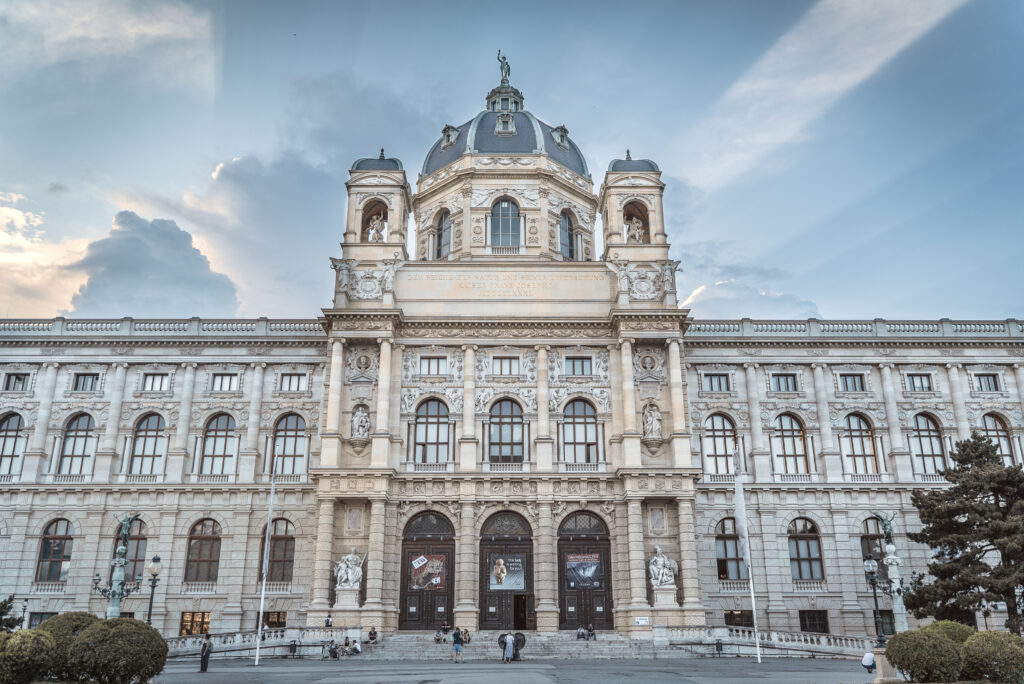 14
14
Naturhistorisches Museum Wien
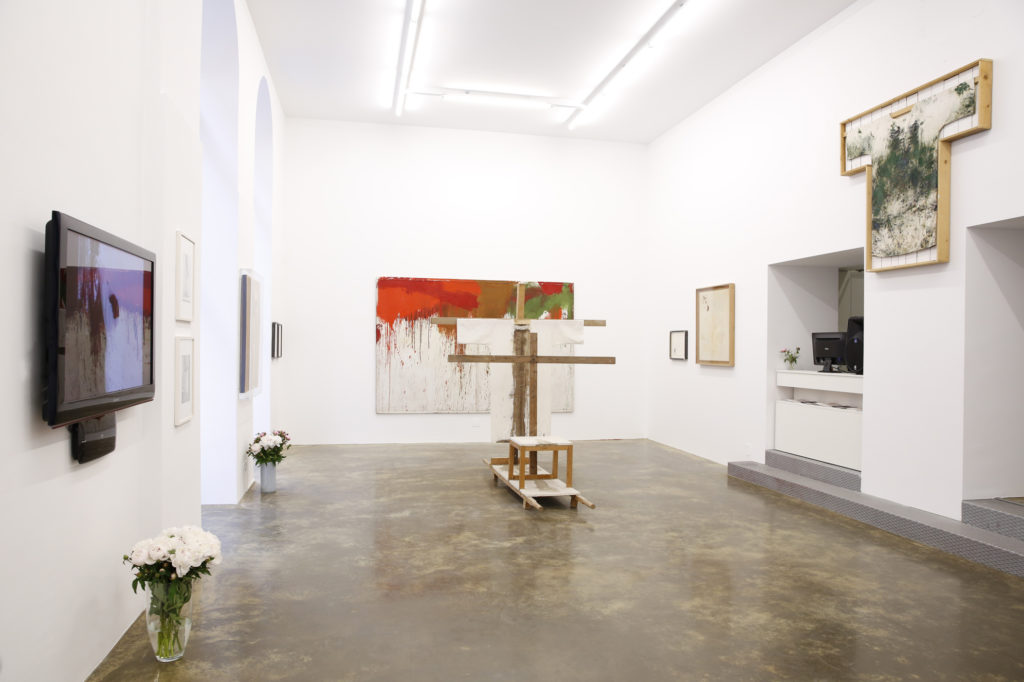 222
222
Nitsch Foundation
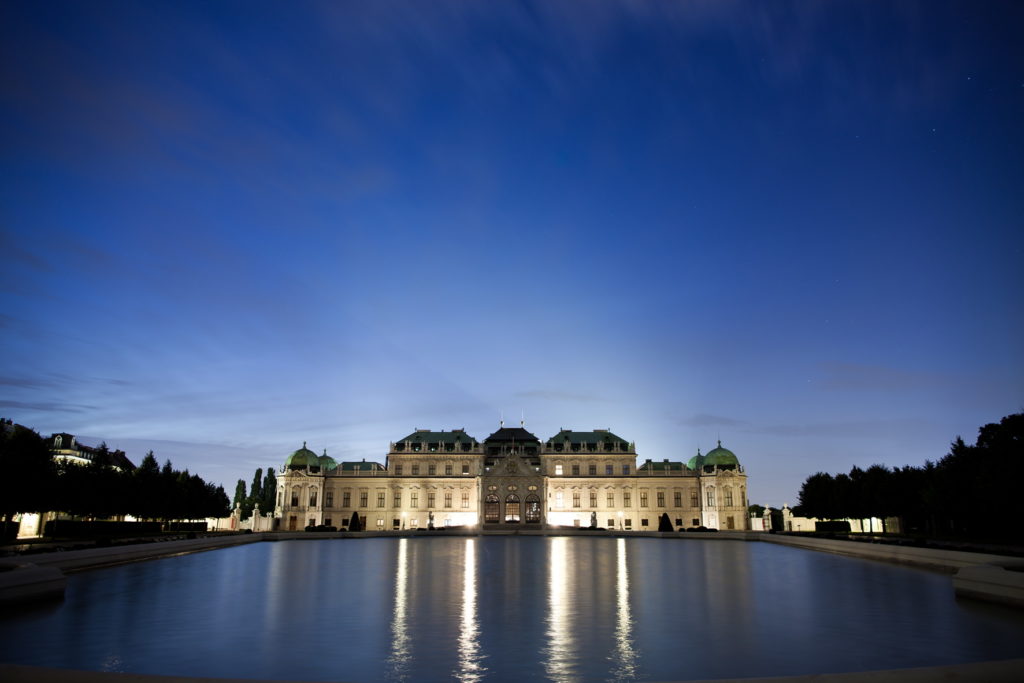 235
235
Oberes Belvedere
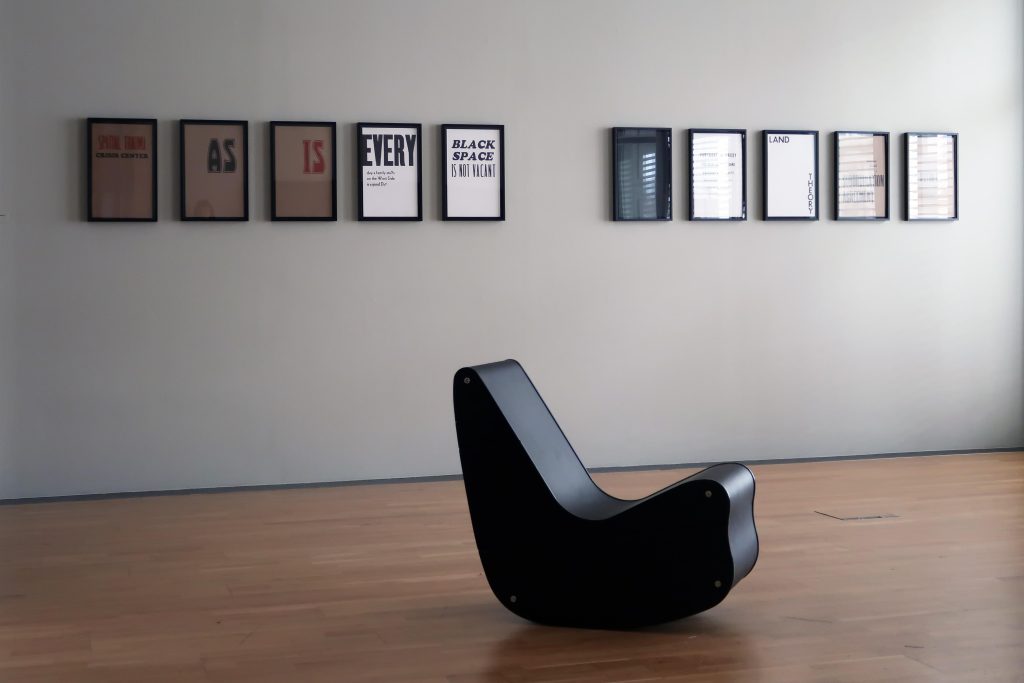 231
231
Österreichische Friedrich und Lillian Kiesler-Privatstiftung
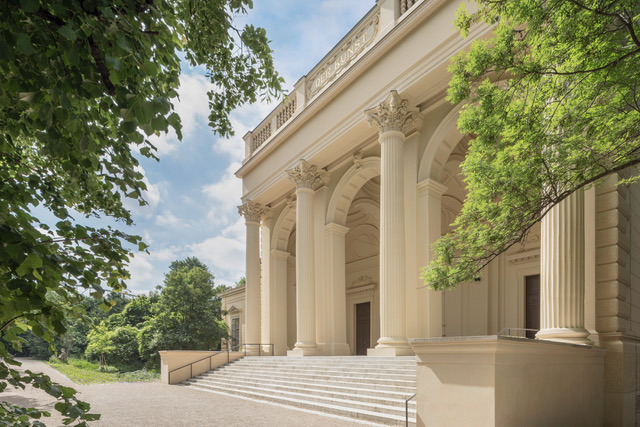 2
2
PART International Art Residency Austria
 207
207
philomena+
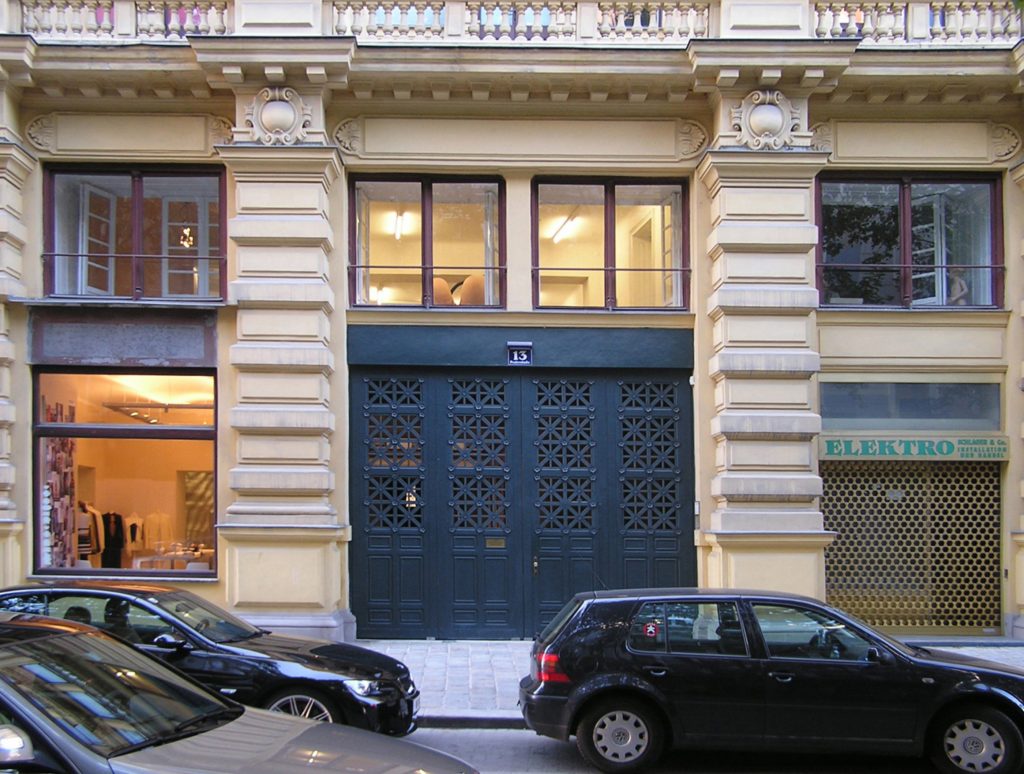 155
155
Projektraum Viktor Bucher
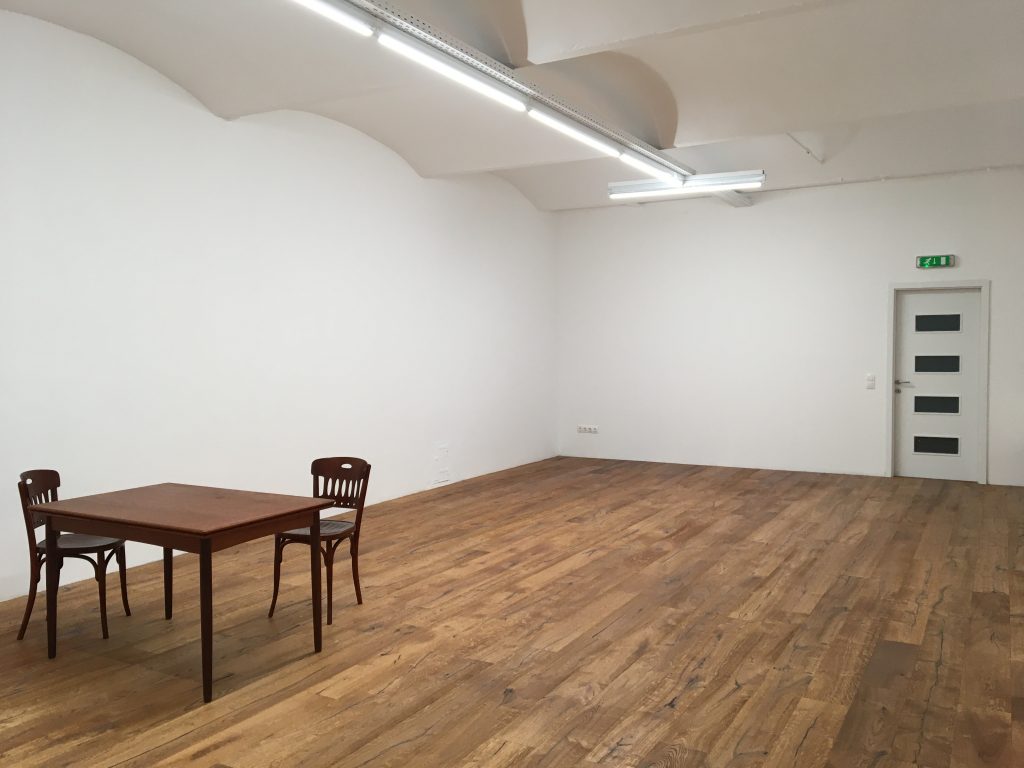 57
57
puuul
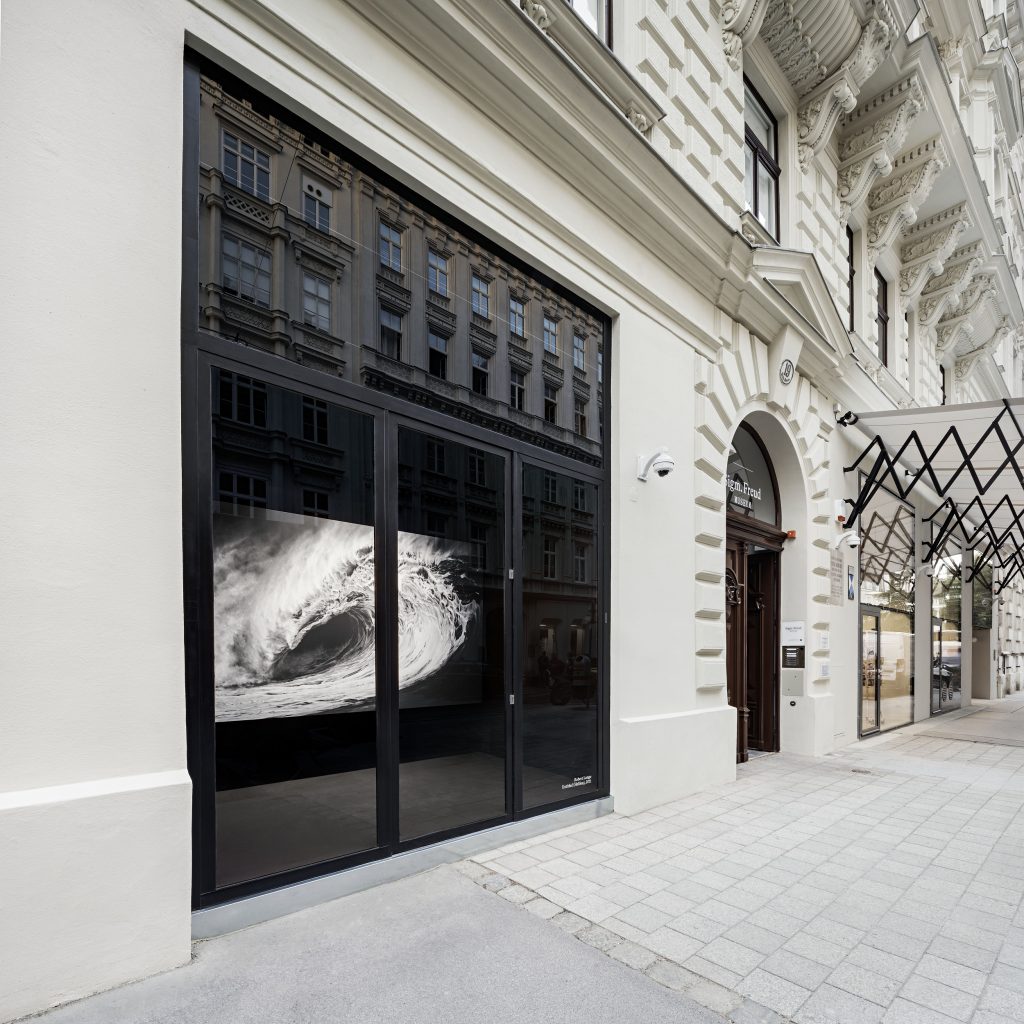 165
165
Sigmund Freud Museum
 26
26
SMOLKA CONTEMPORARY
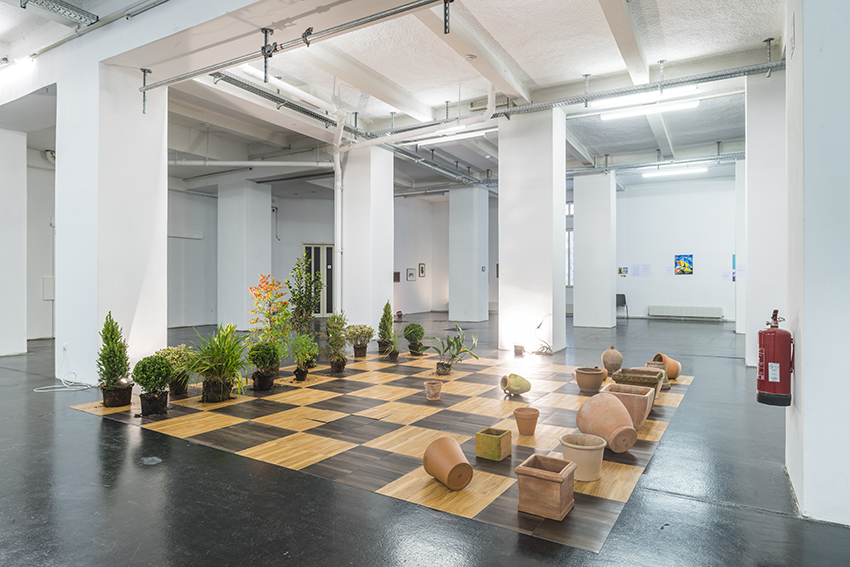 33
33
SOHO Studios
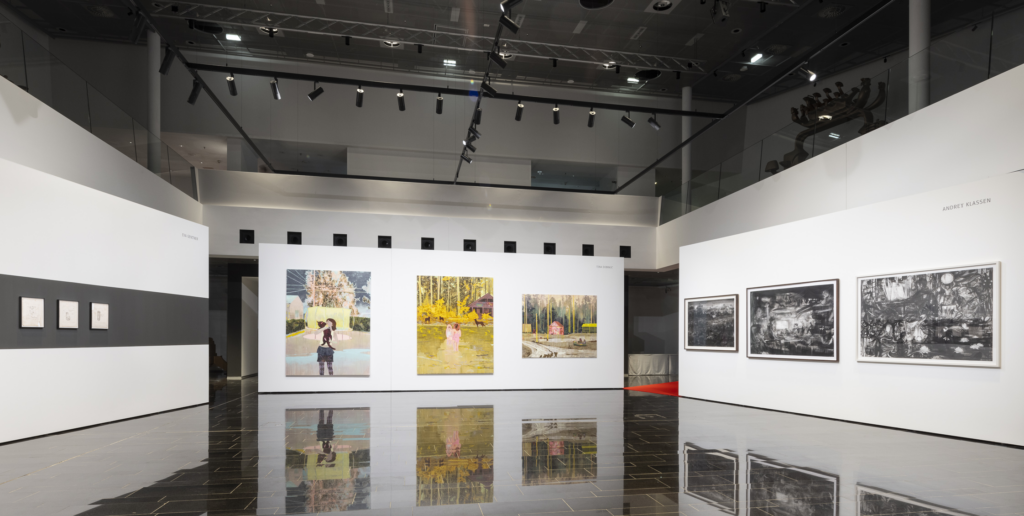 183
183
STRABAG Kunstforum
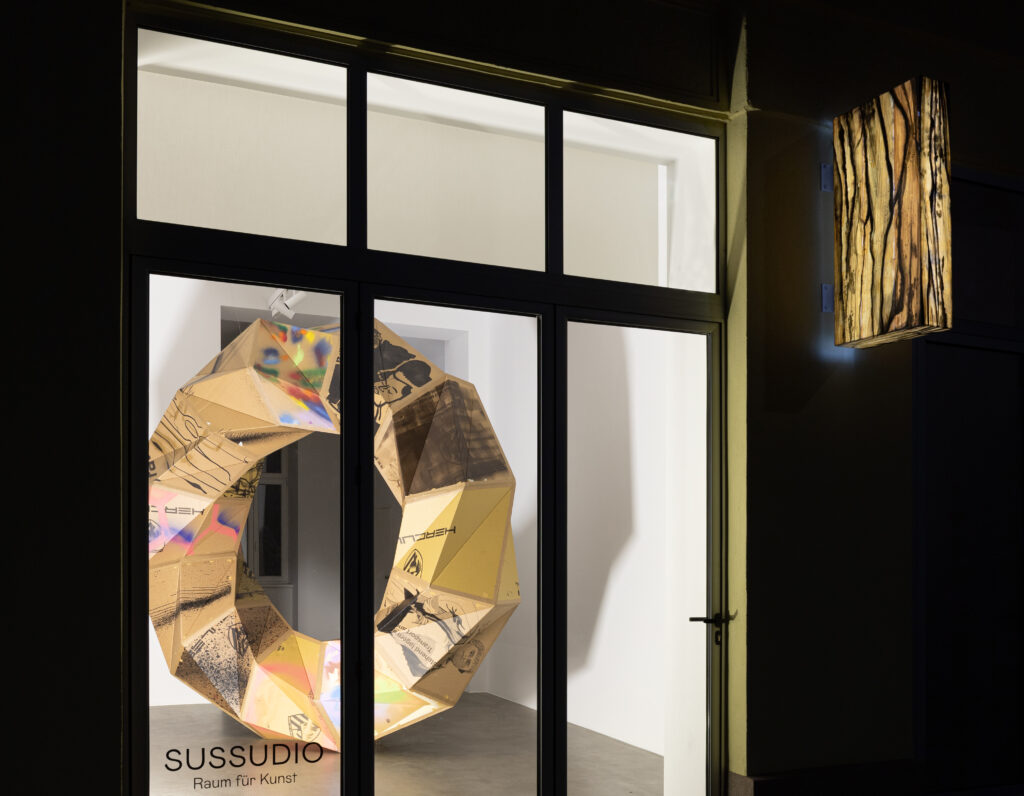 11
11
SUSSUDIO
 169
169
Universität für angewandte Kunst Wien
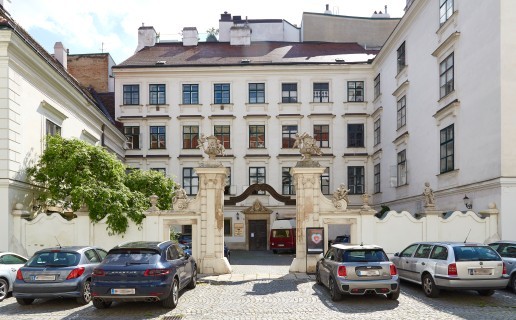 120
120
Universitätsgalerie im Heiligenkreuzer Hof Wien
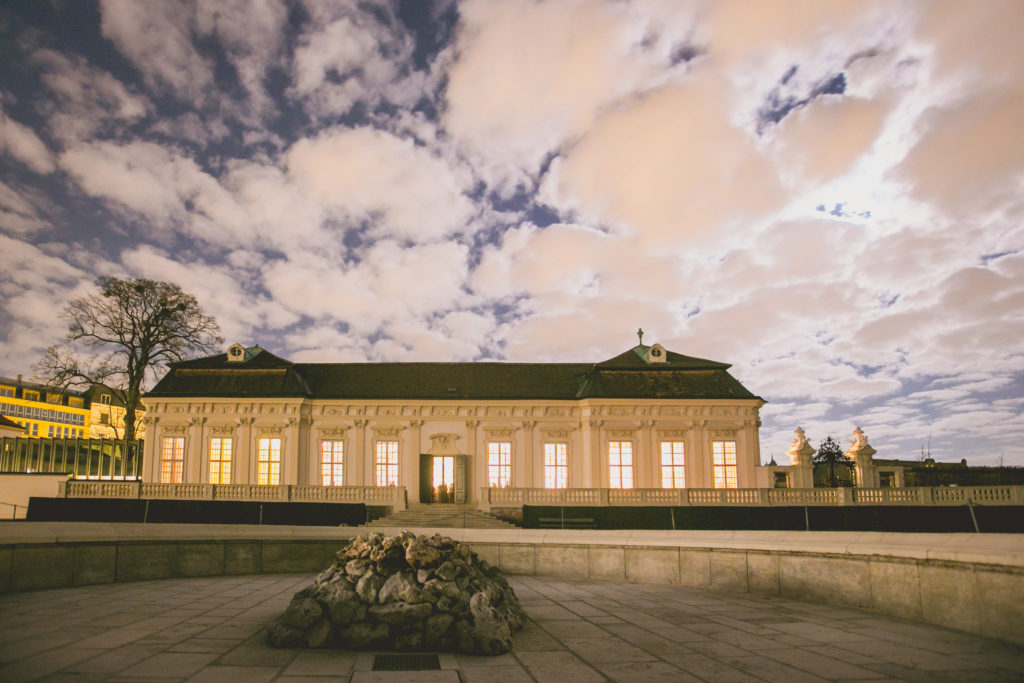 234
234
Unteres Belvedere
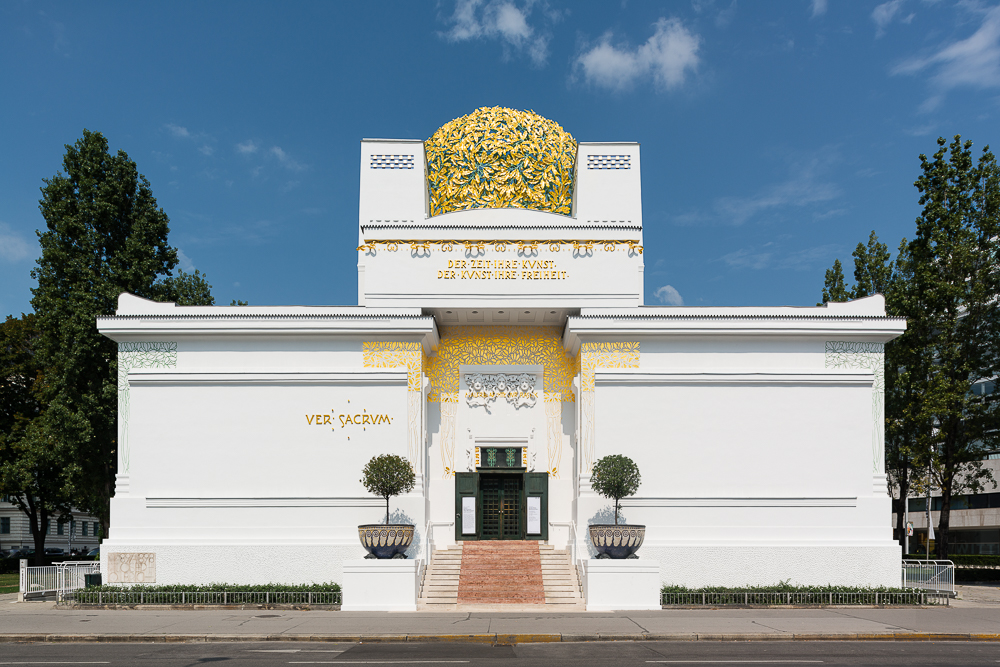 167
167
Vereinigung bildender KünstlerInnen Wiener Secession
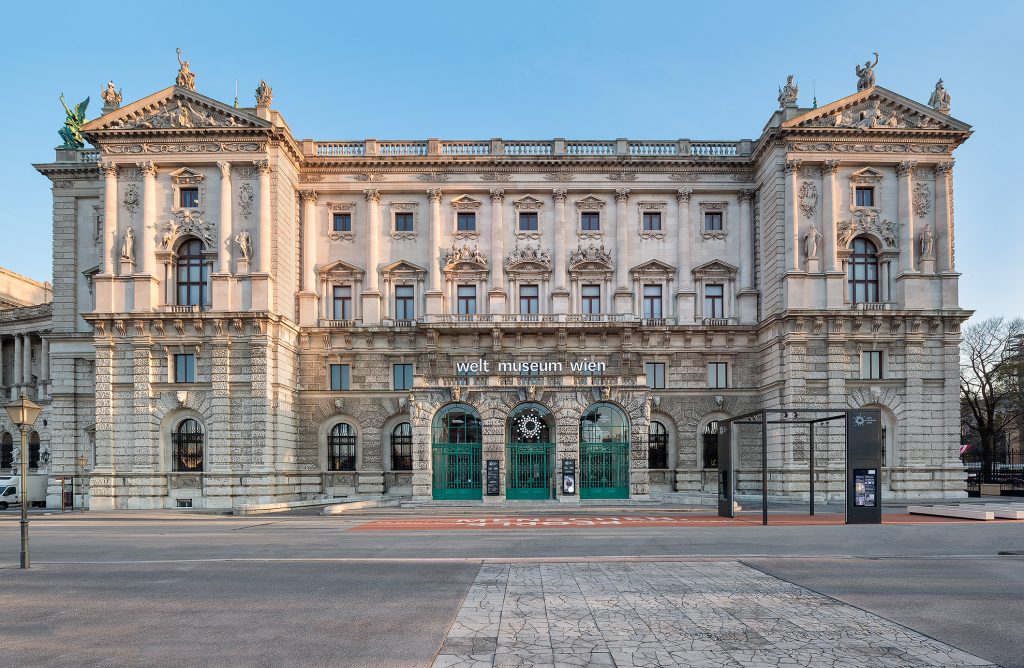 128
128
Weltmuseum Wien
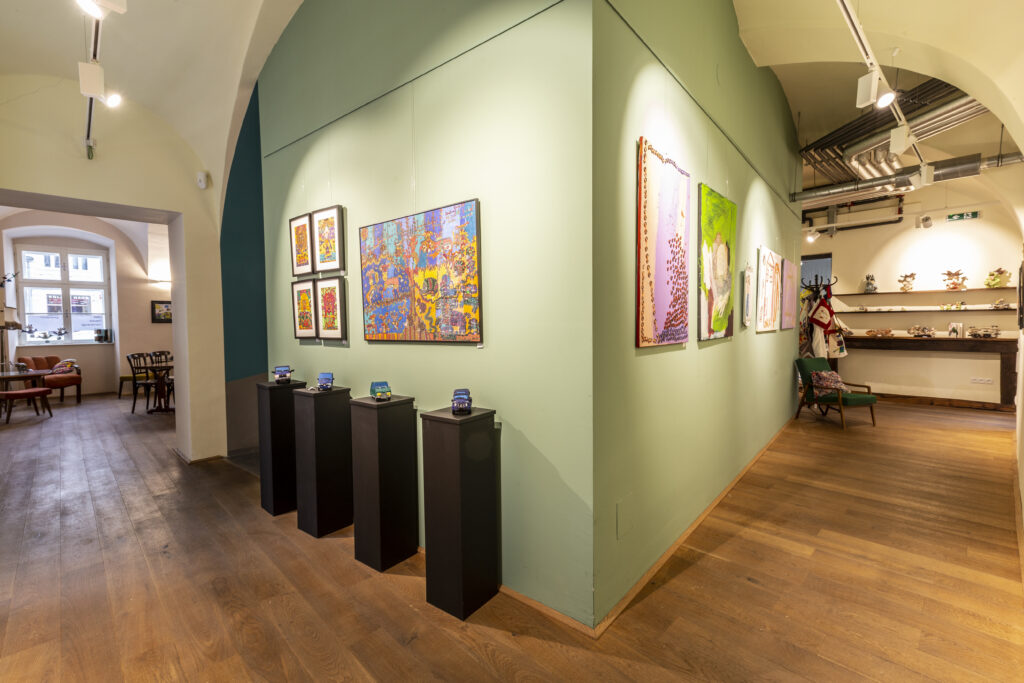 59
59
werd:art
WEST
 3
3
Wiener Aktionismus Museum (WAM)
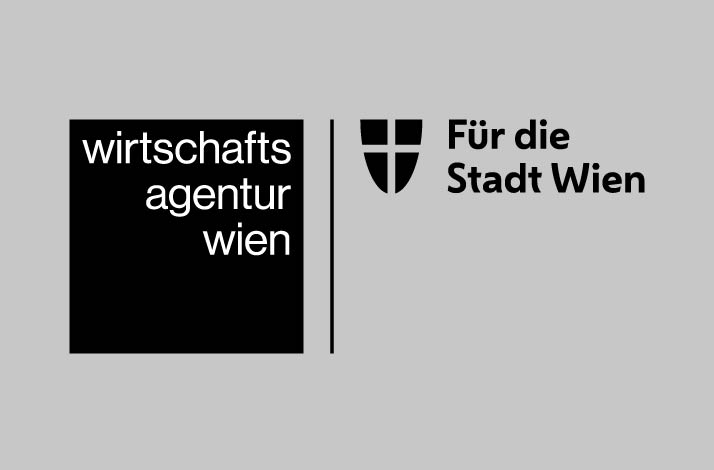 239
239
WIRTSCHAFTSAGENTUR WIEN